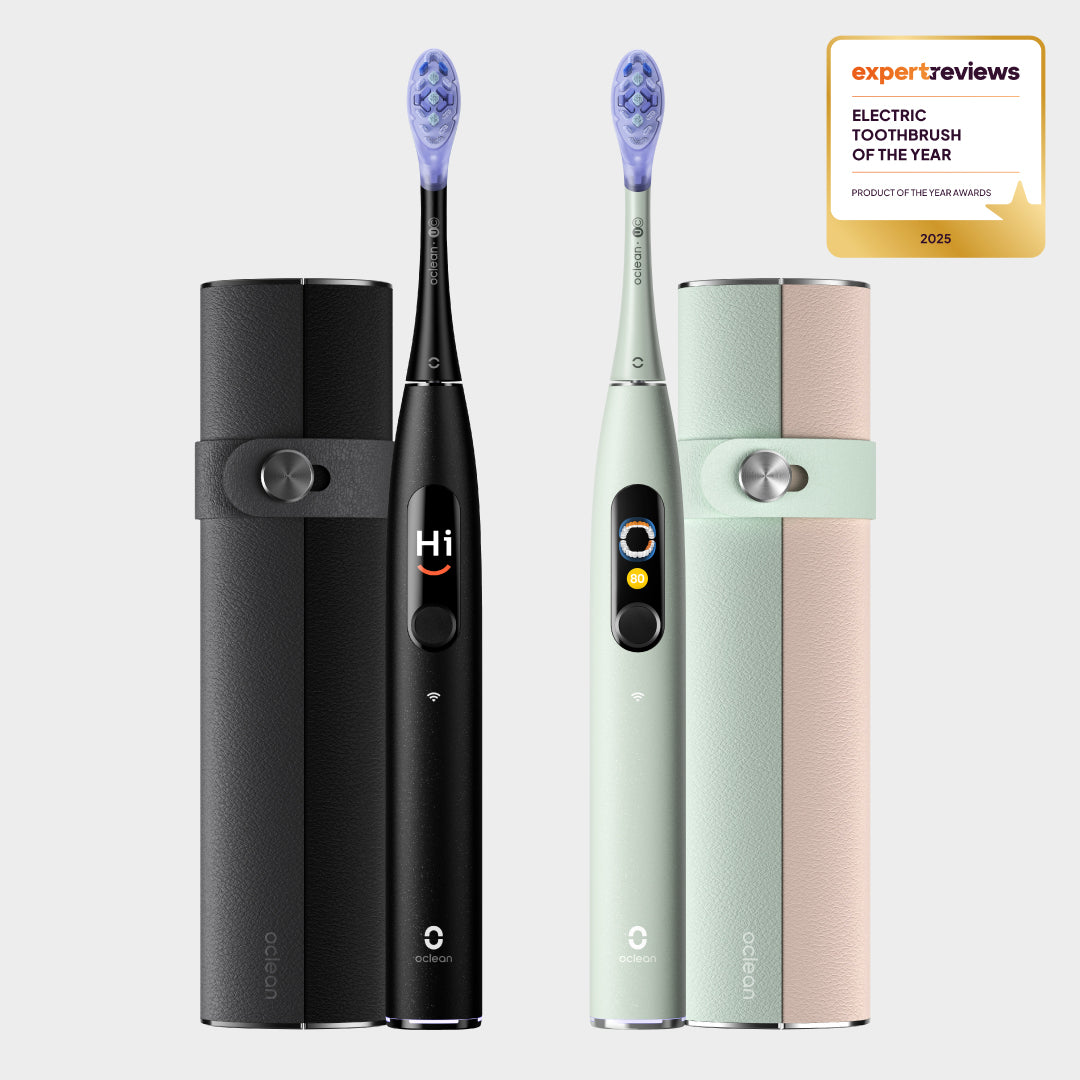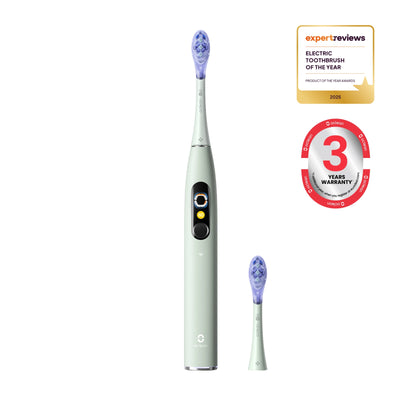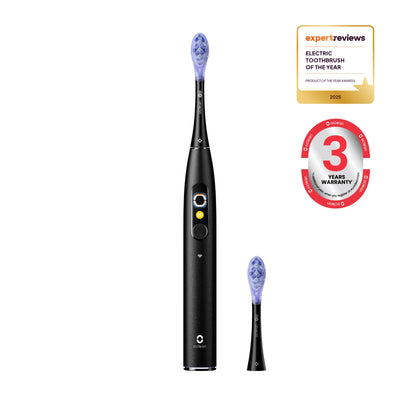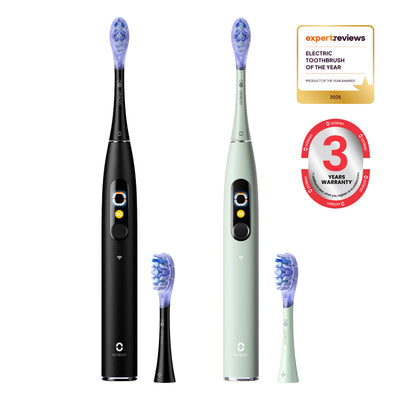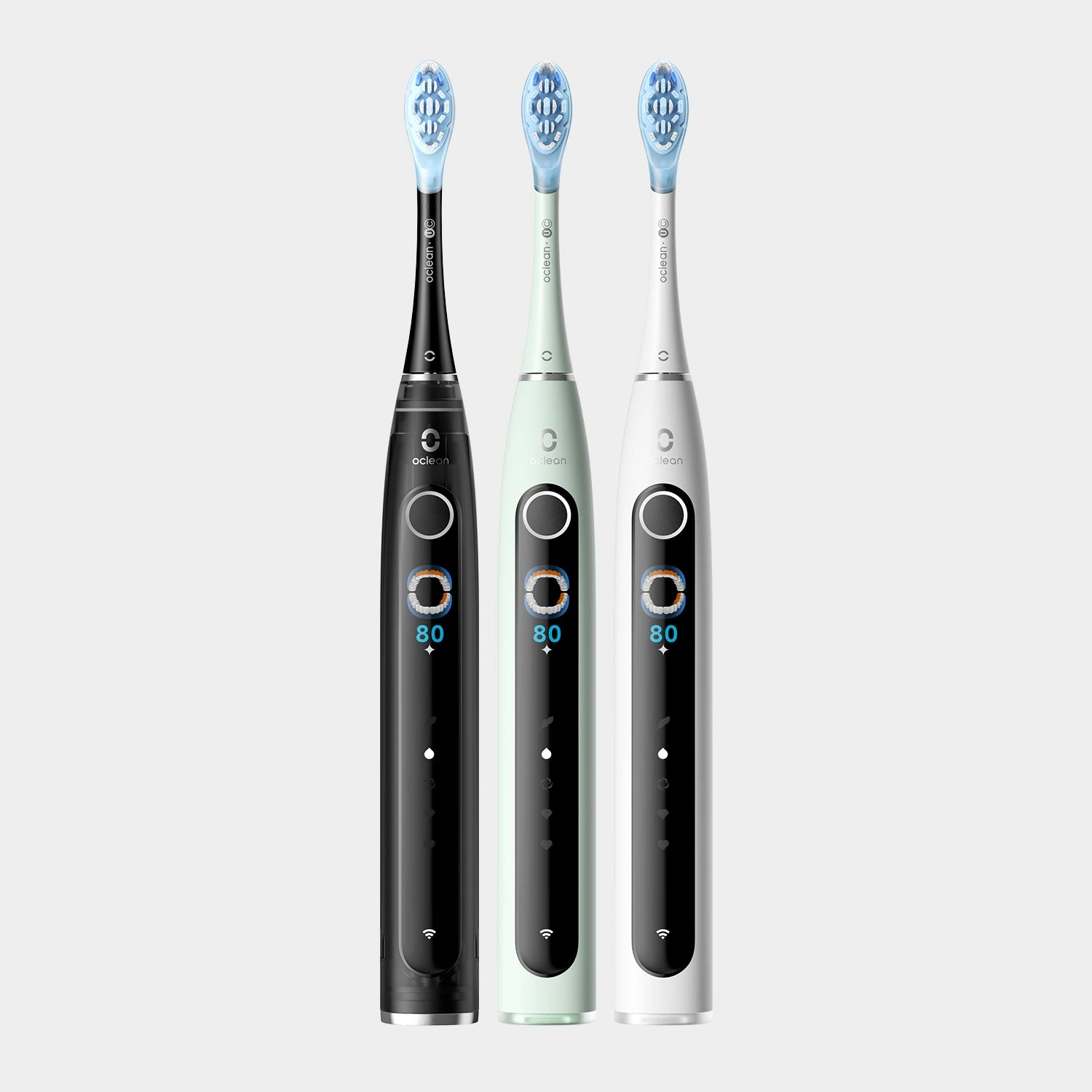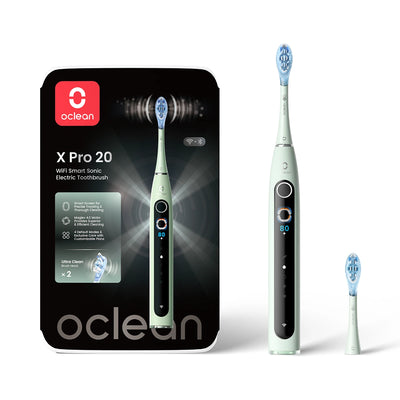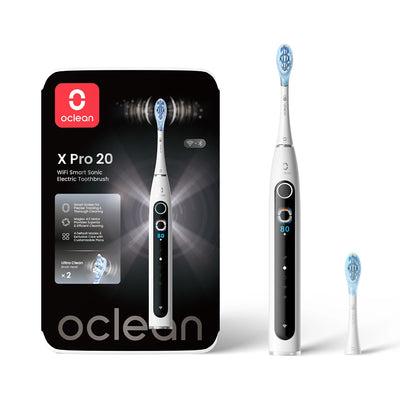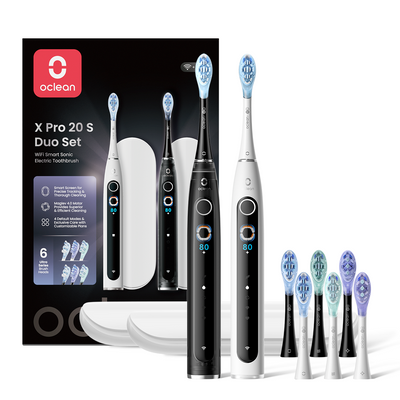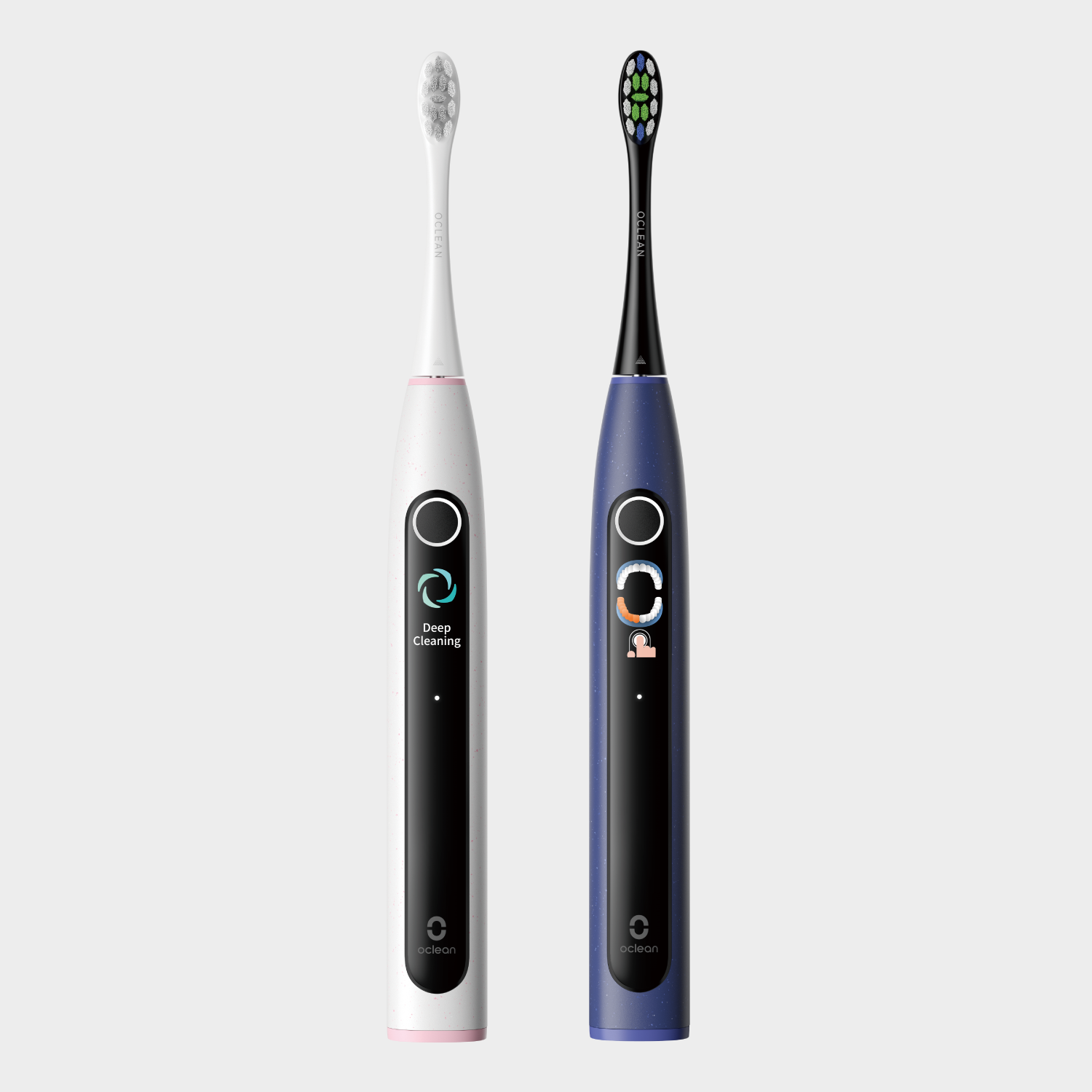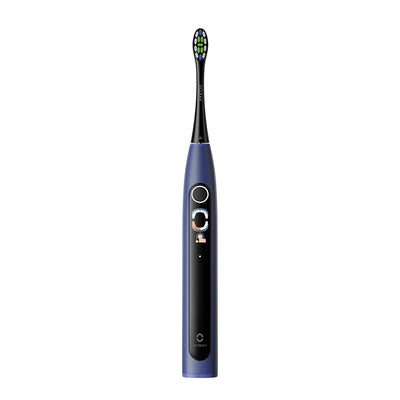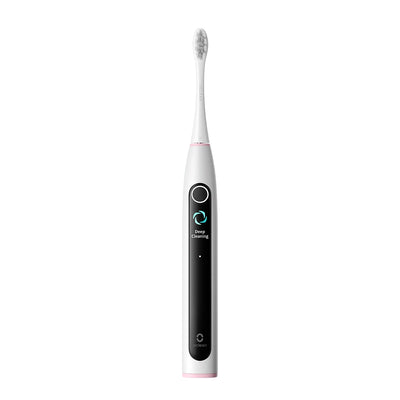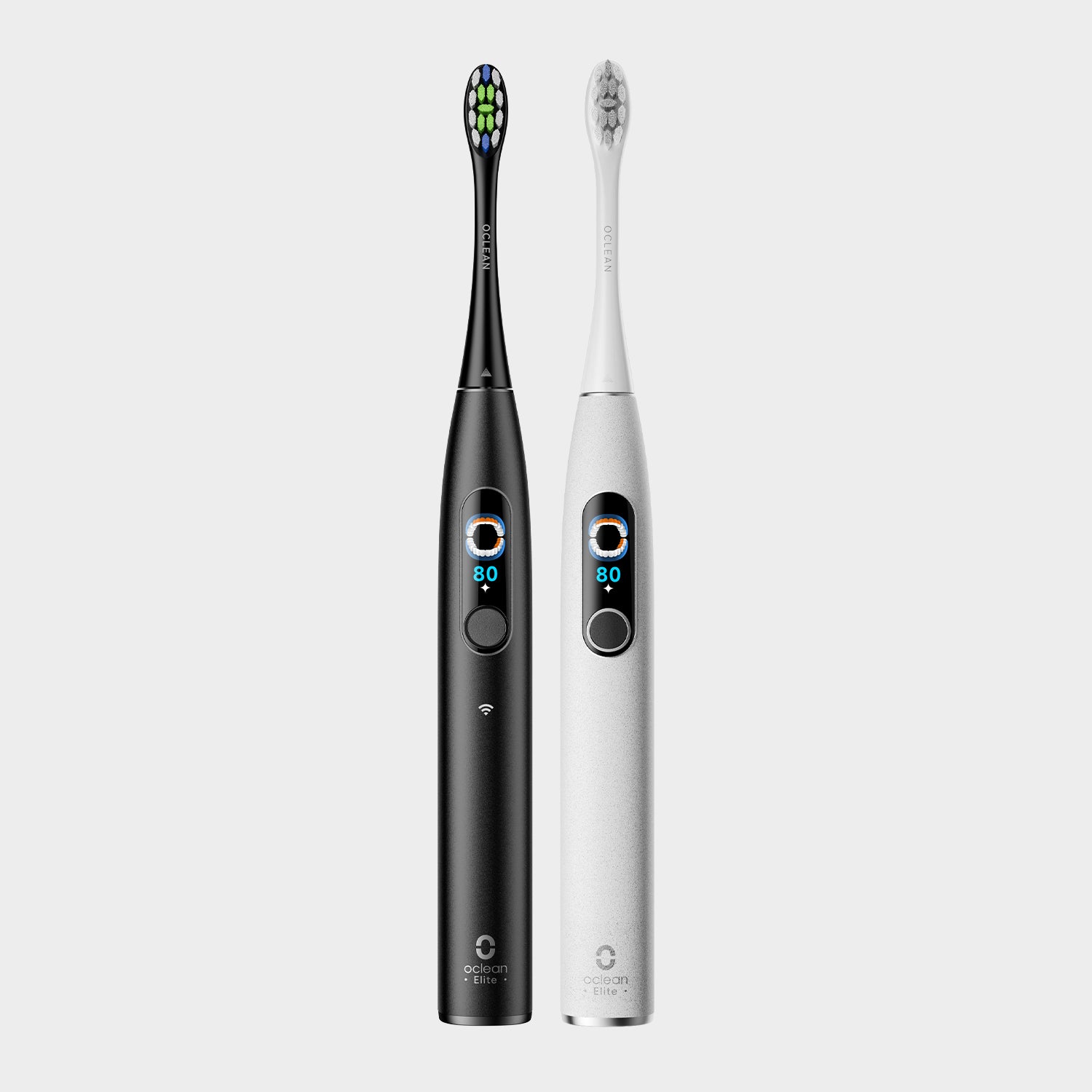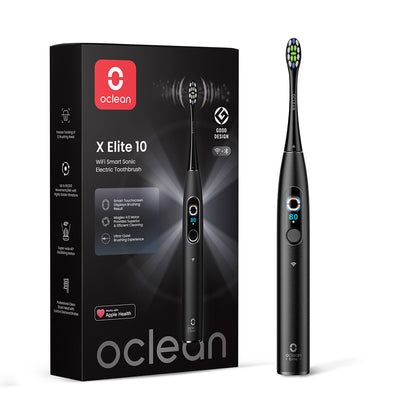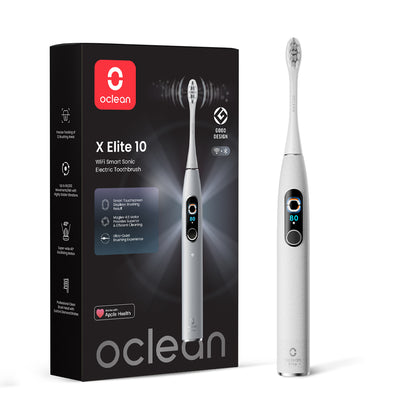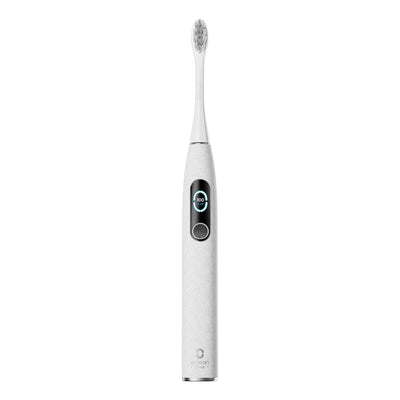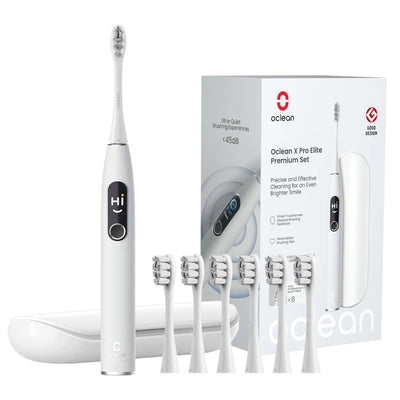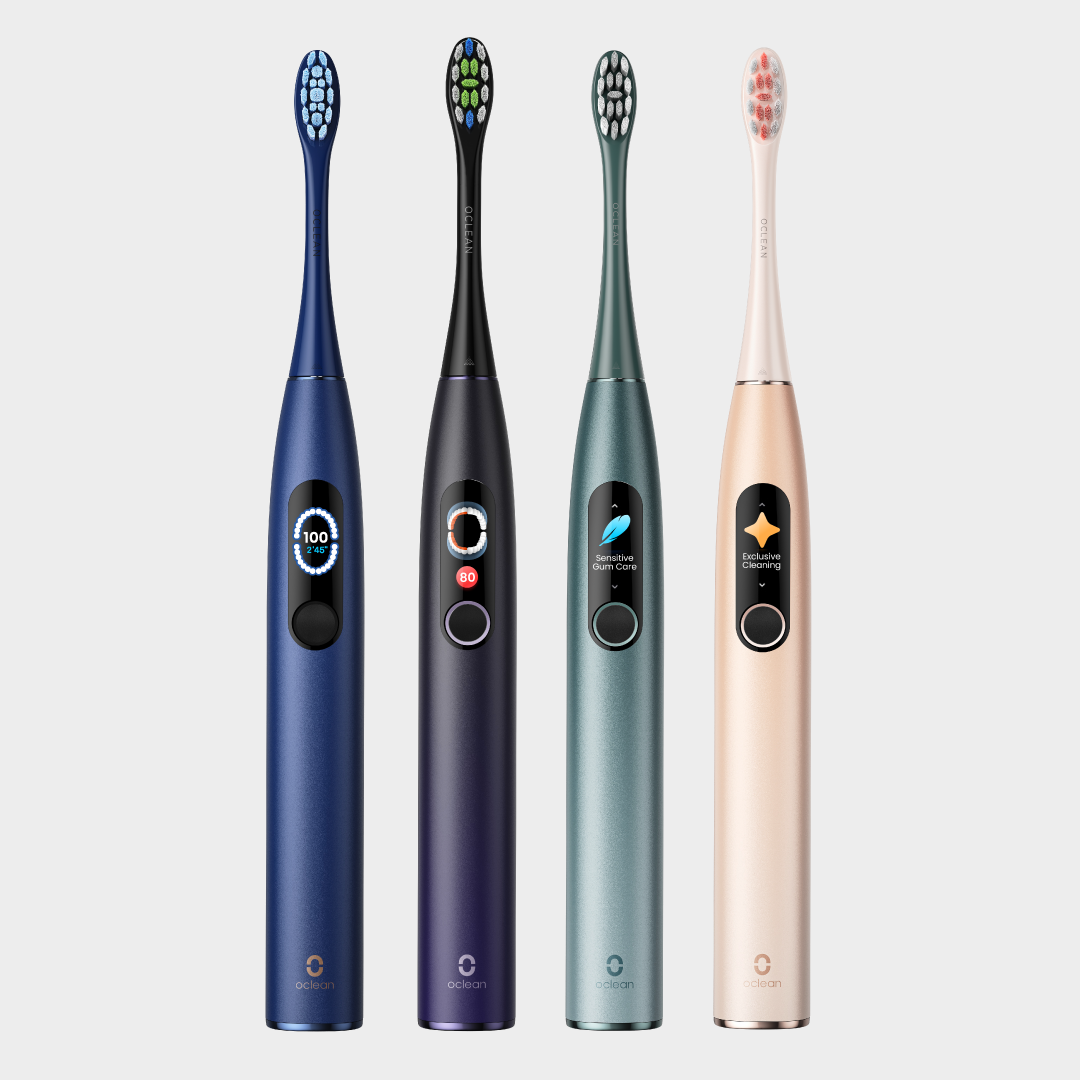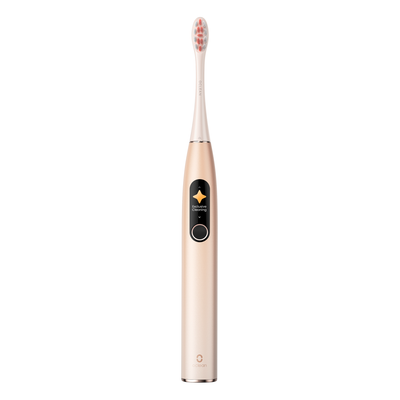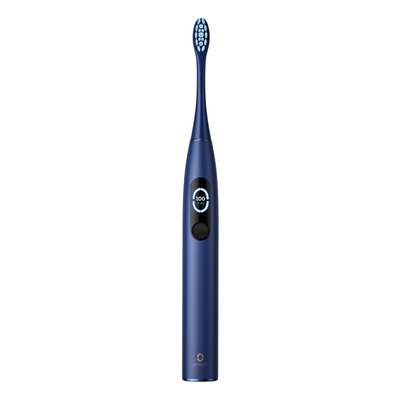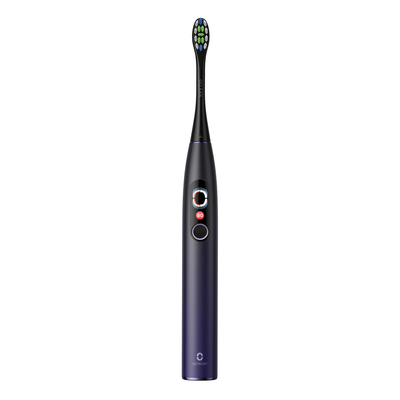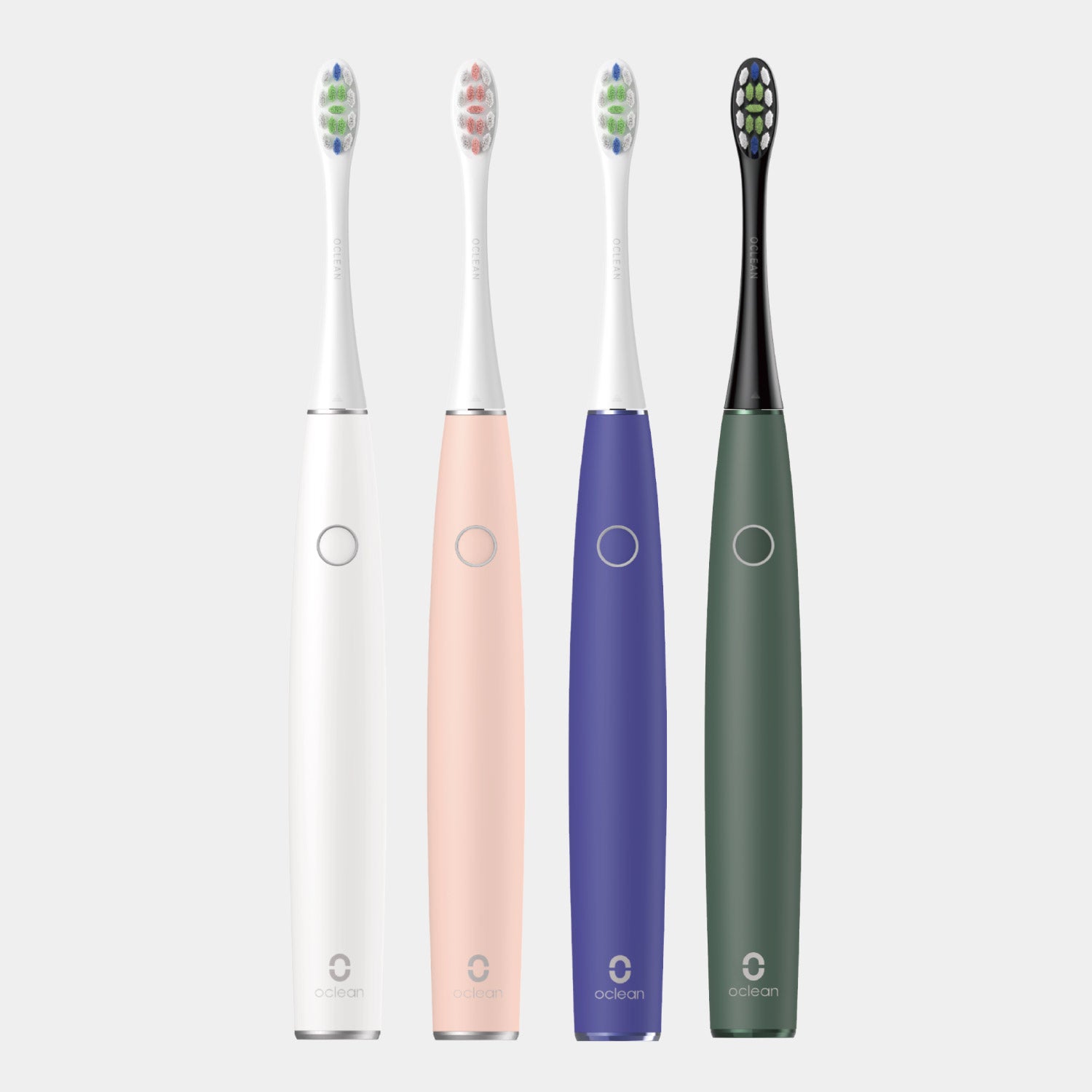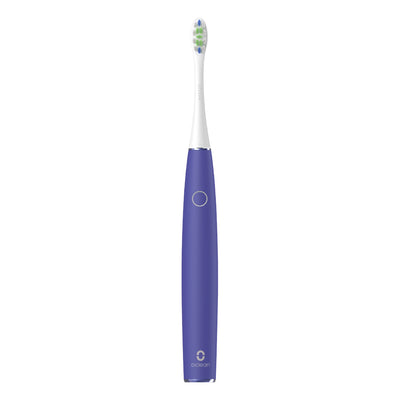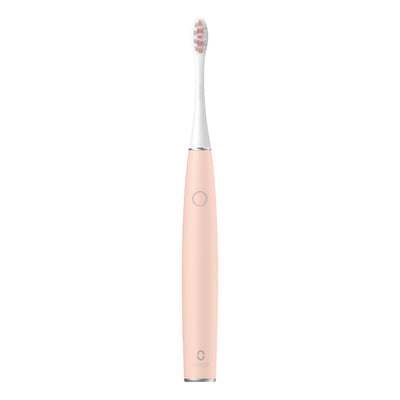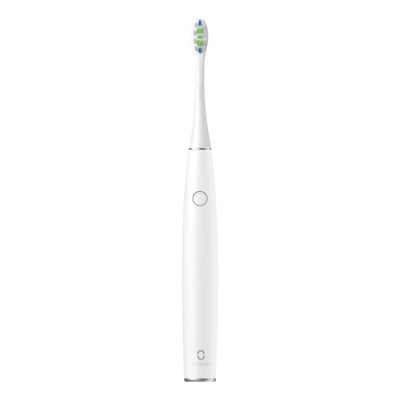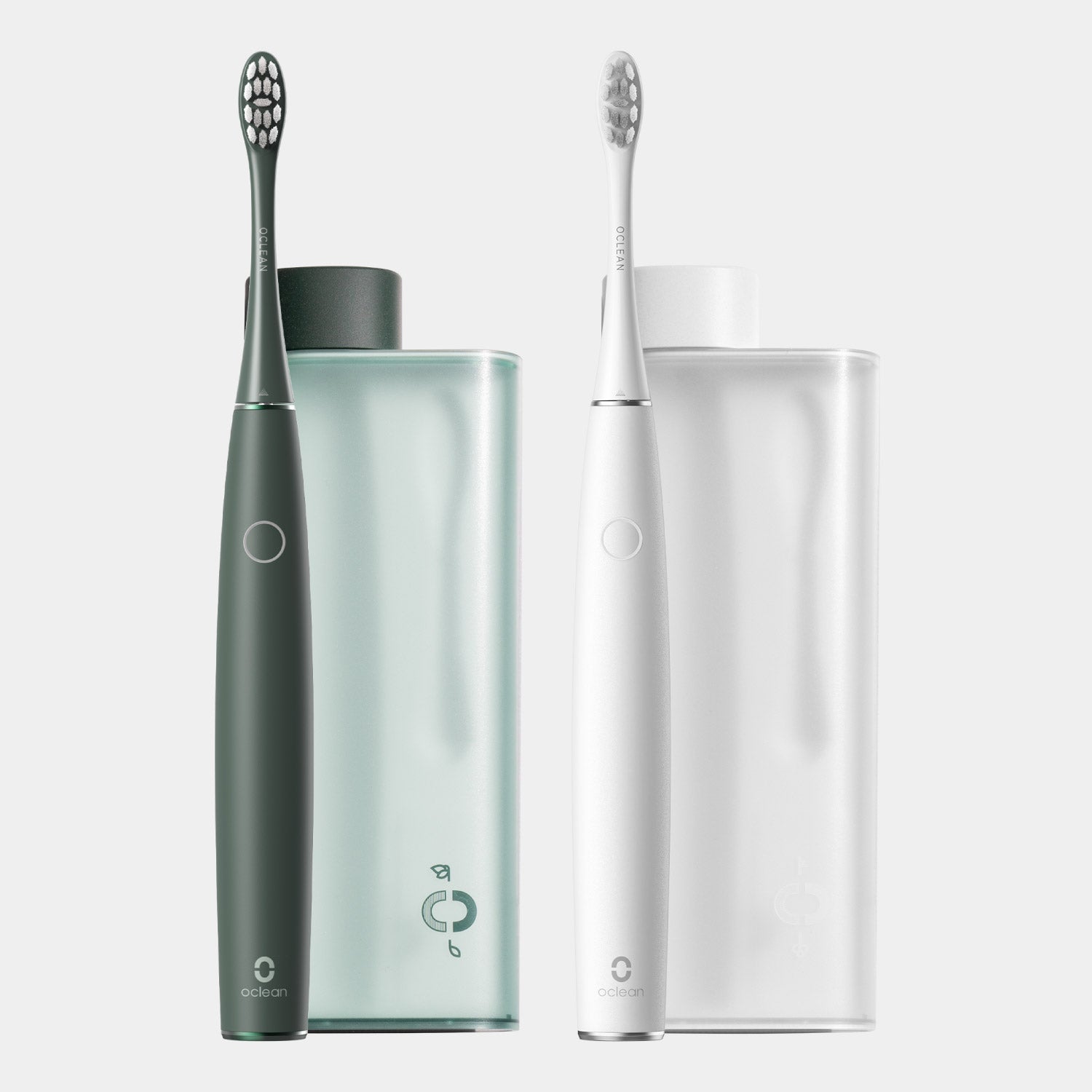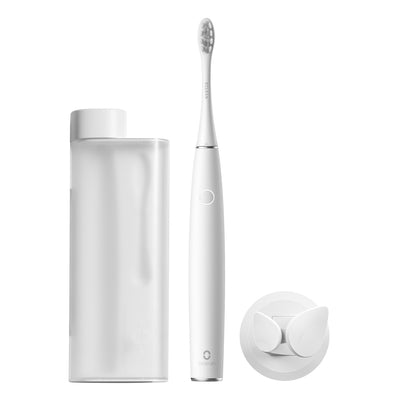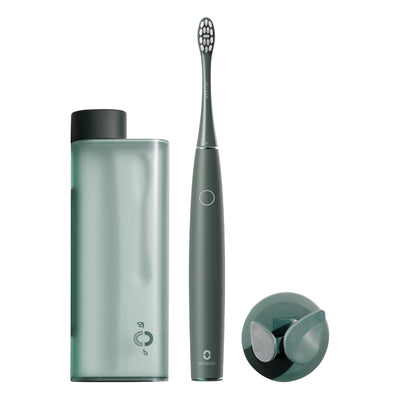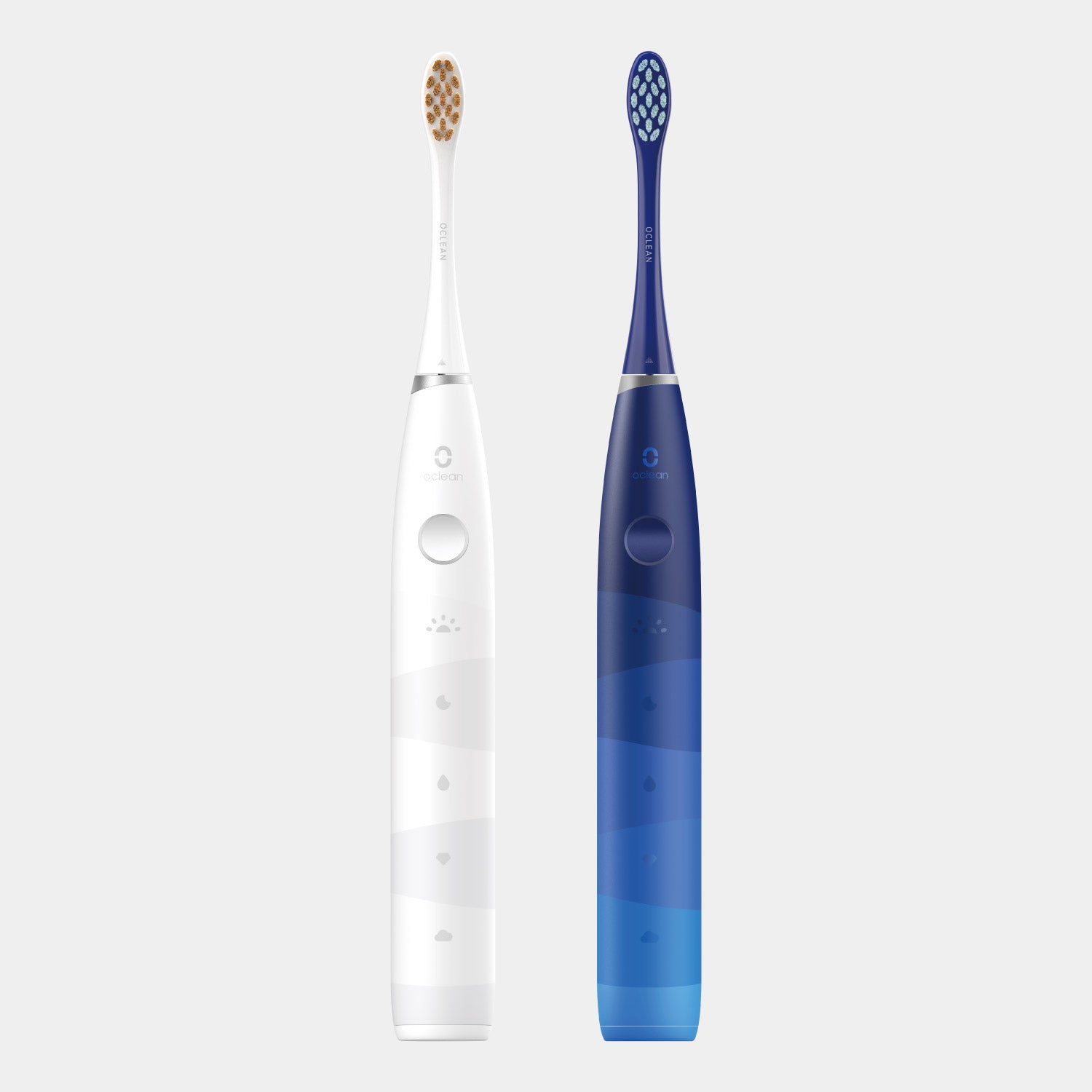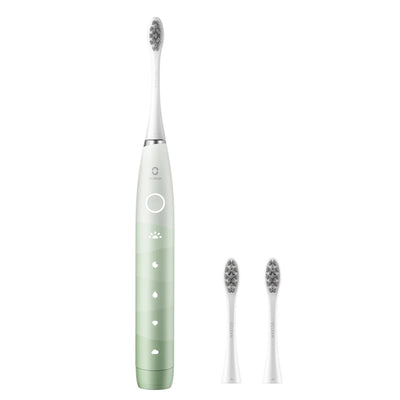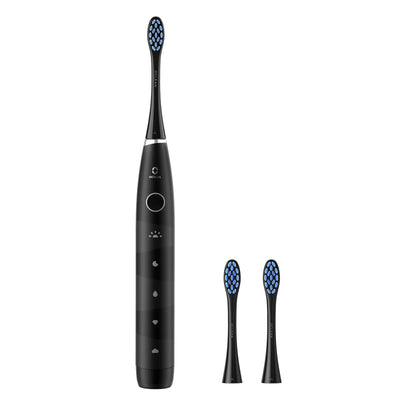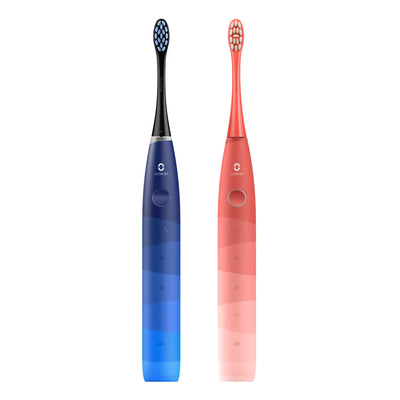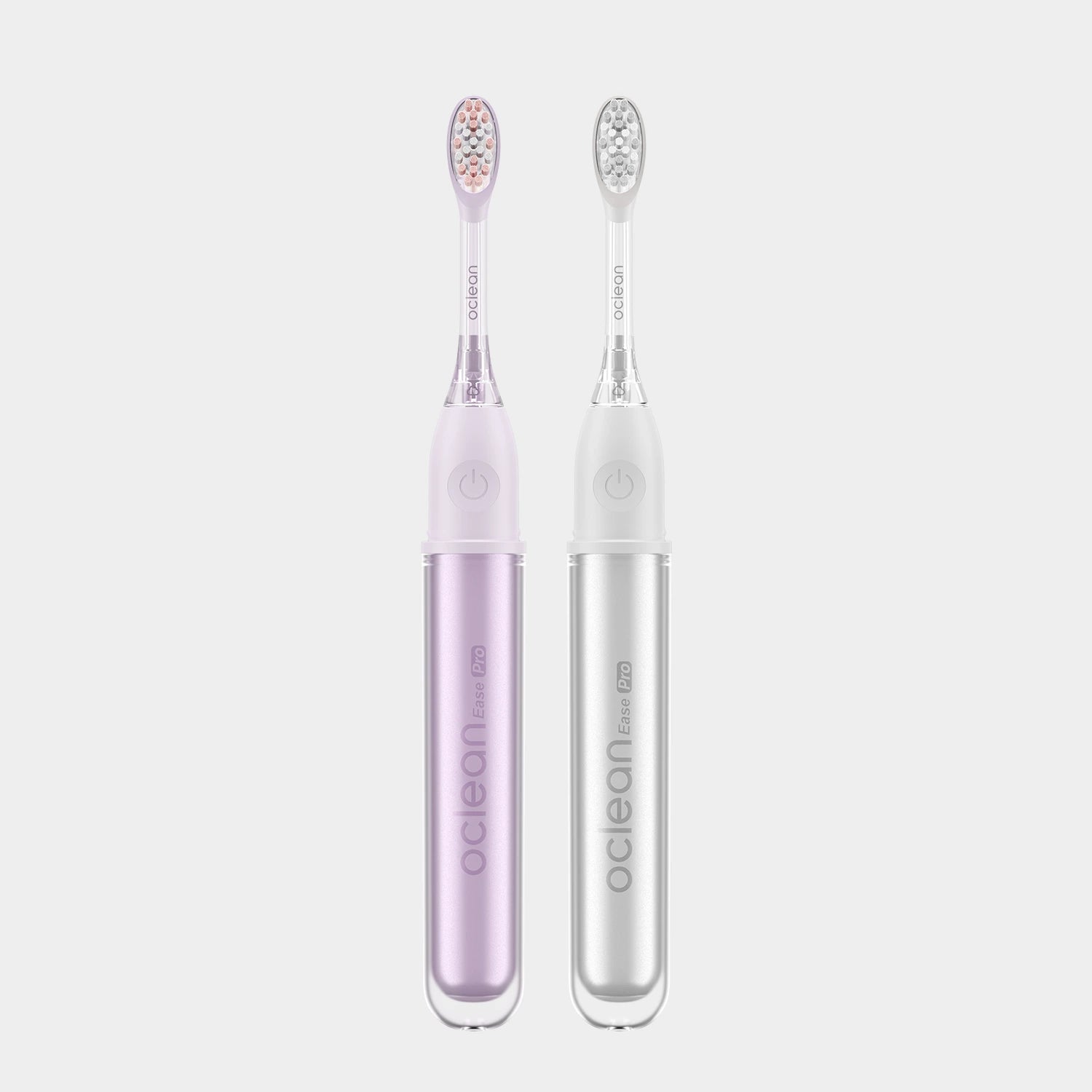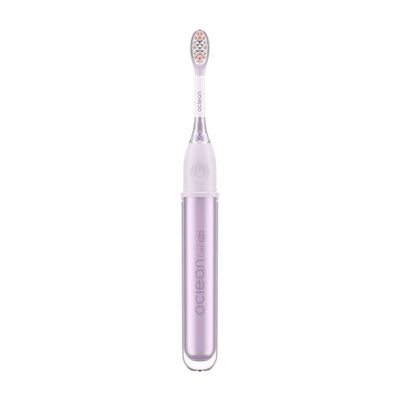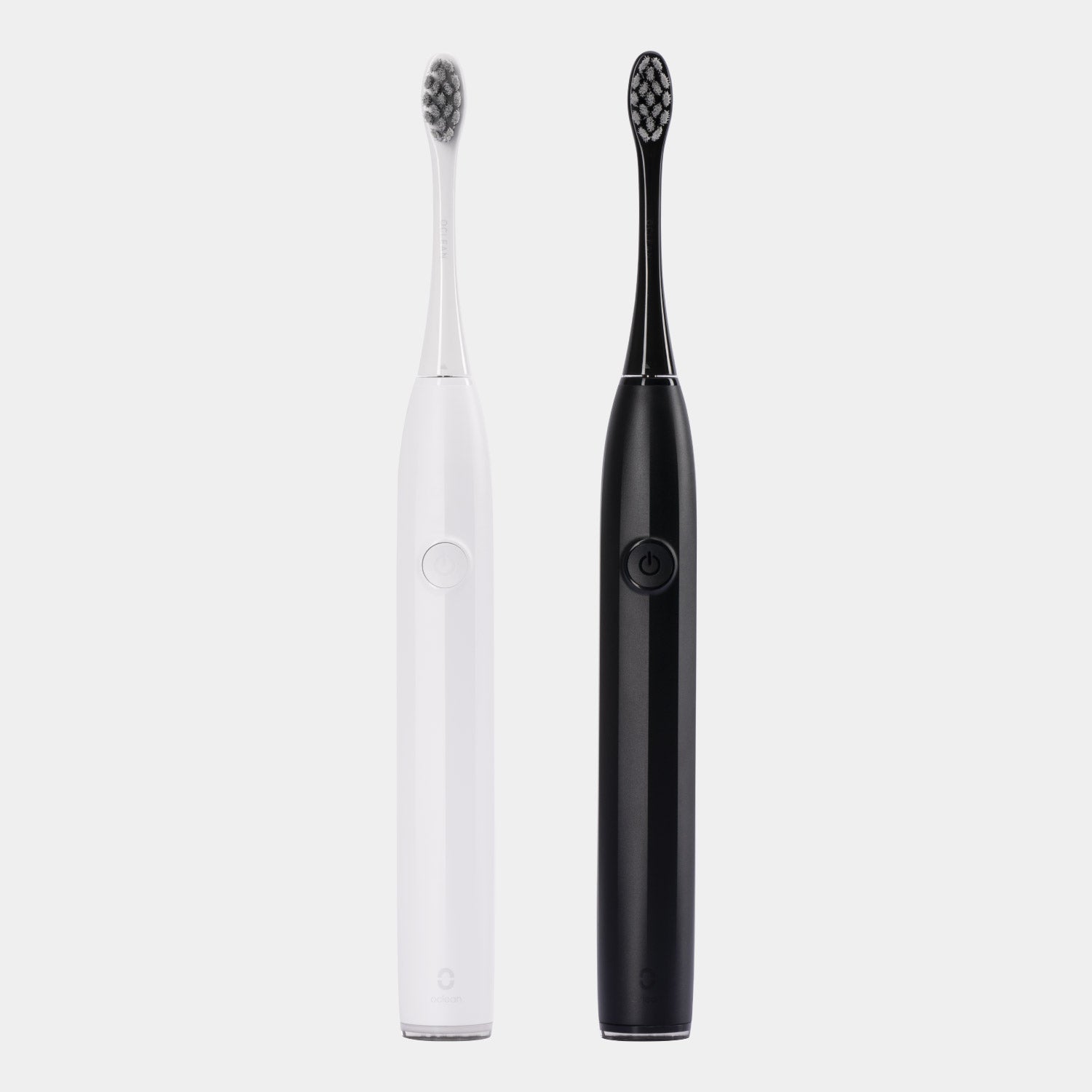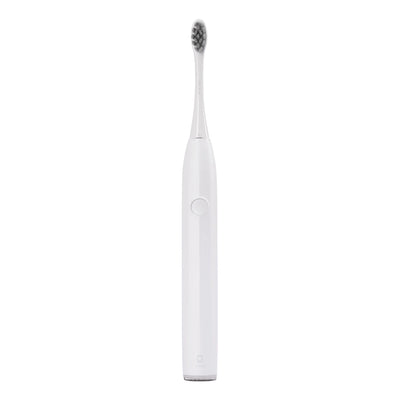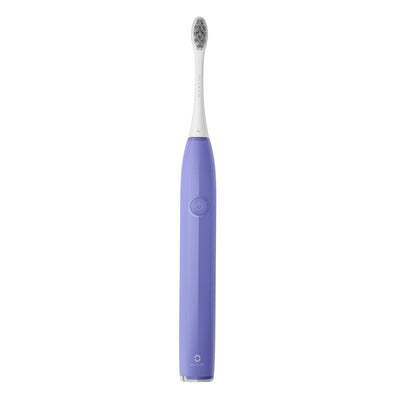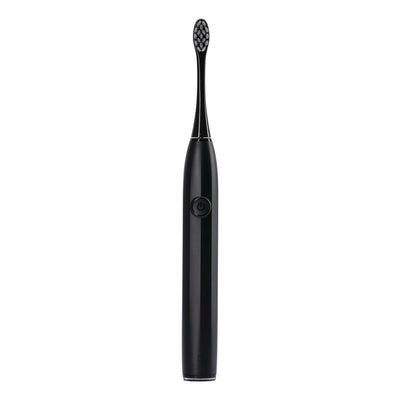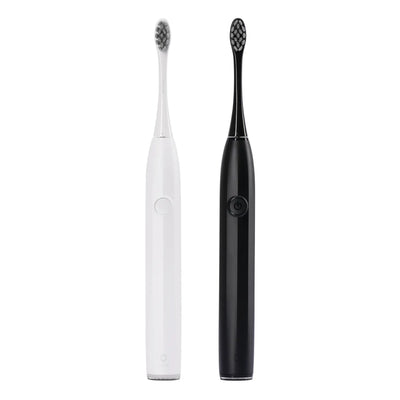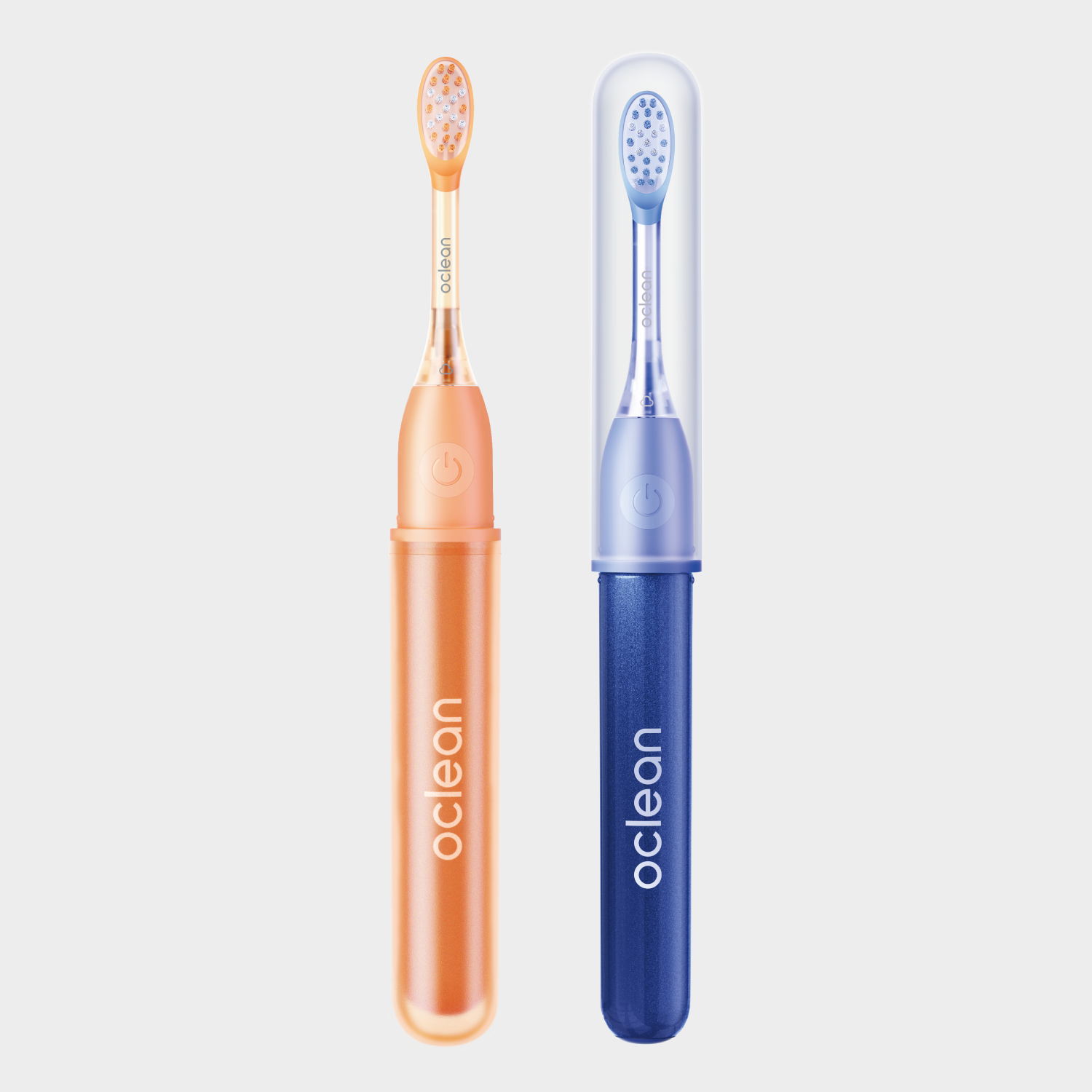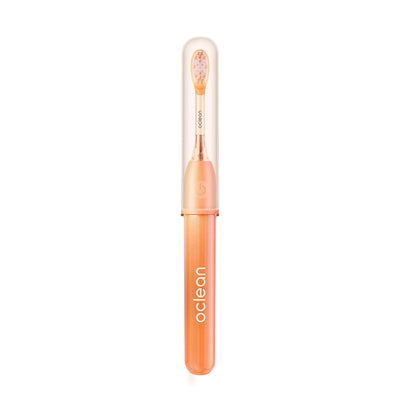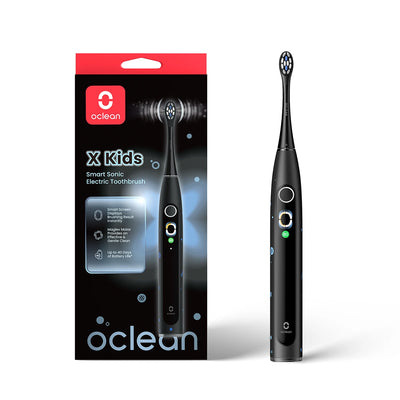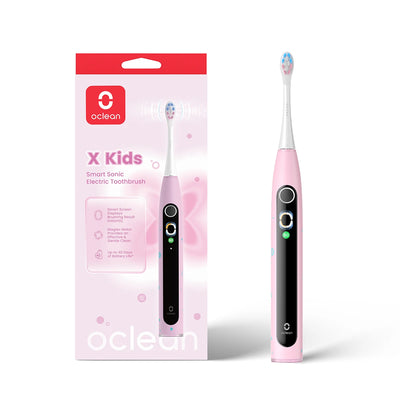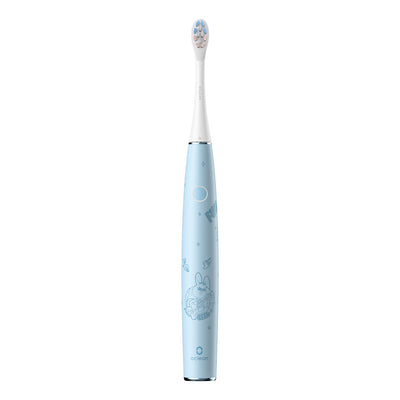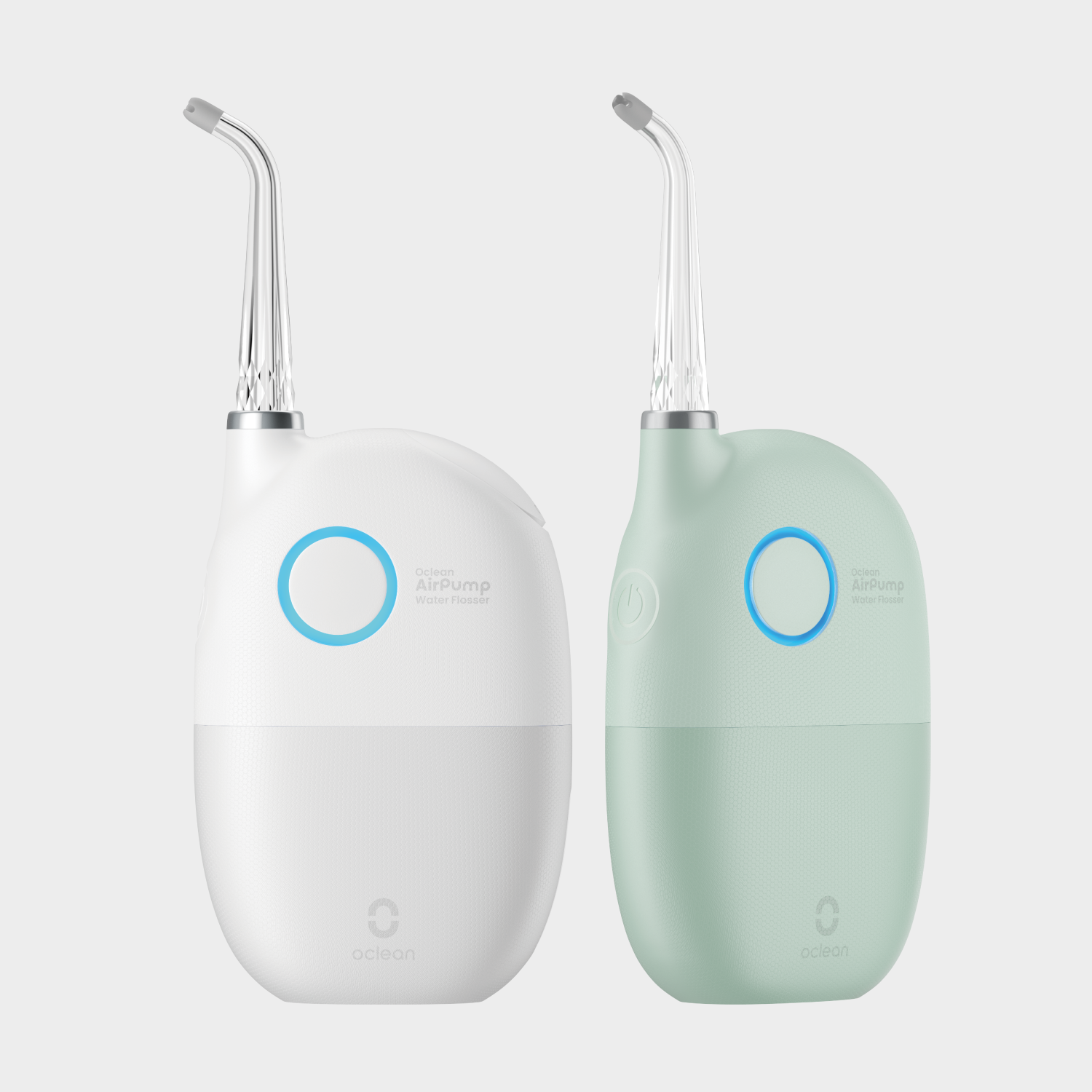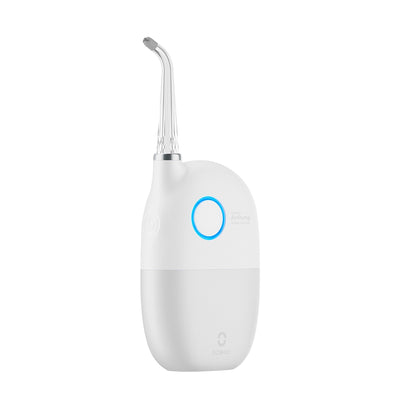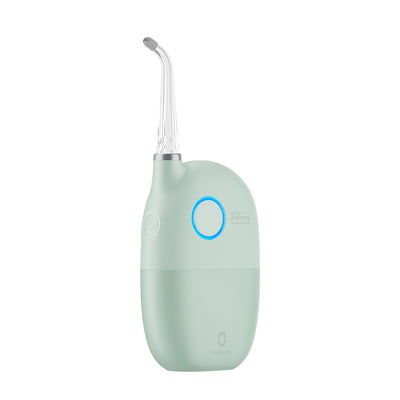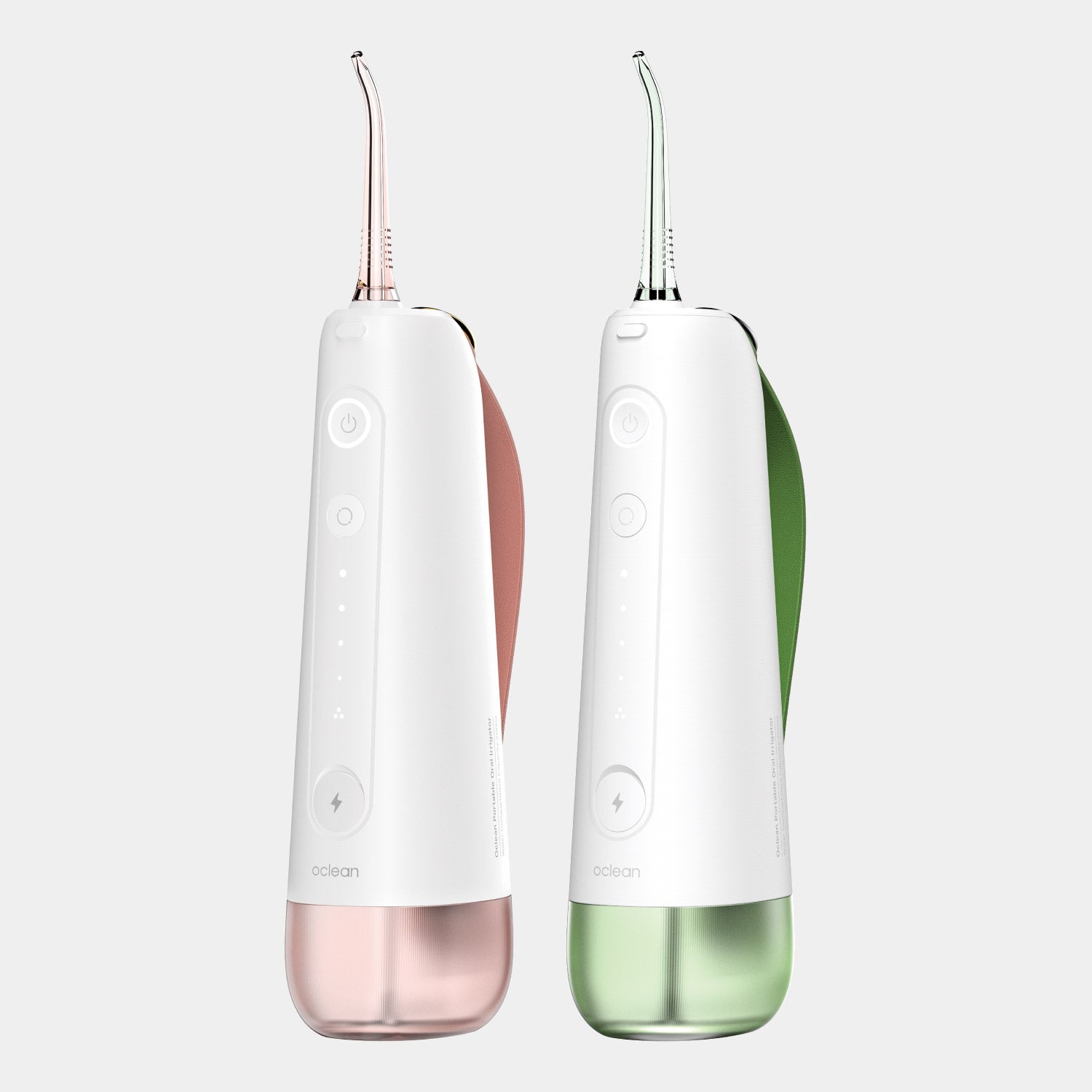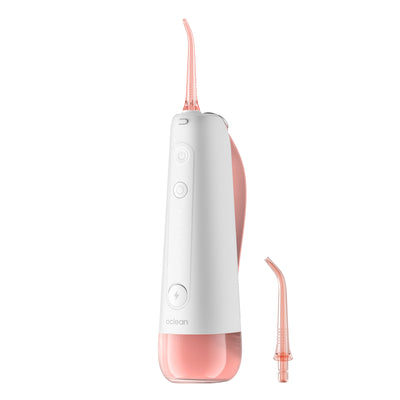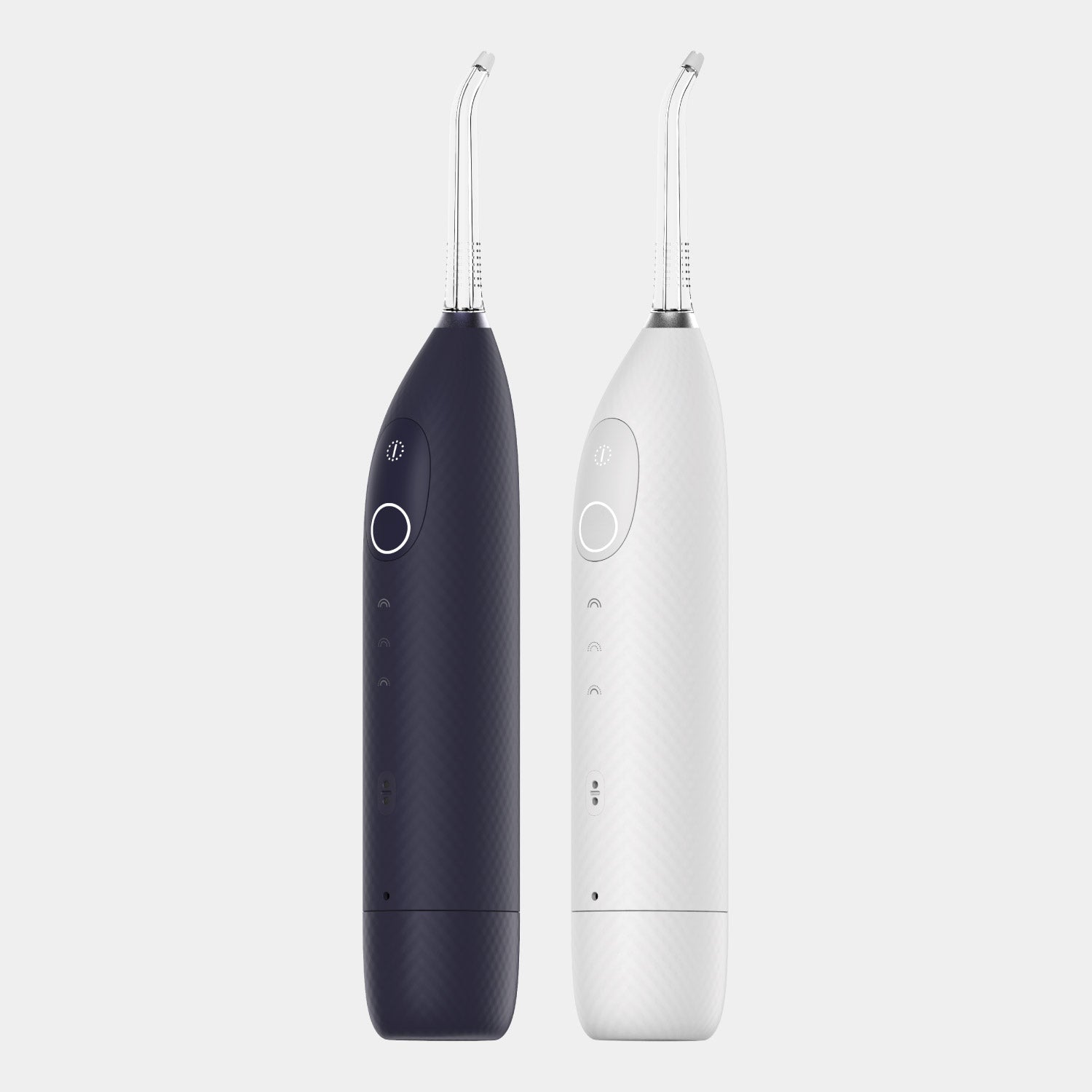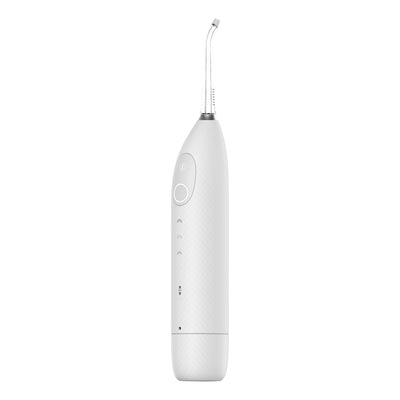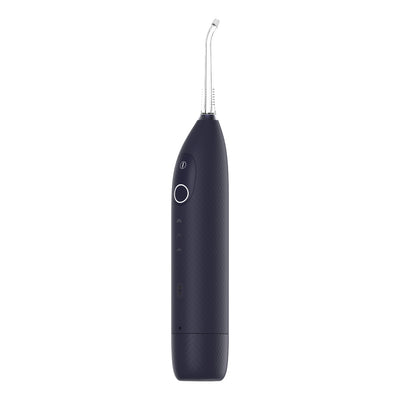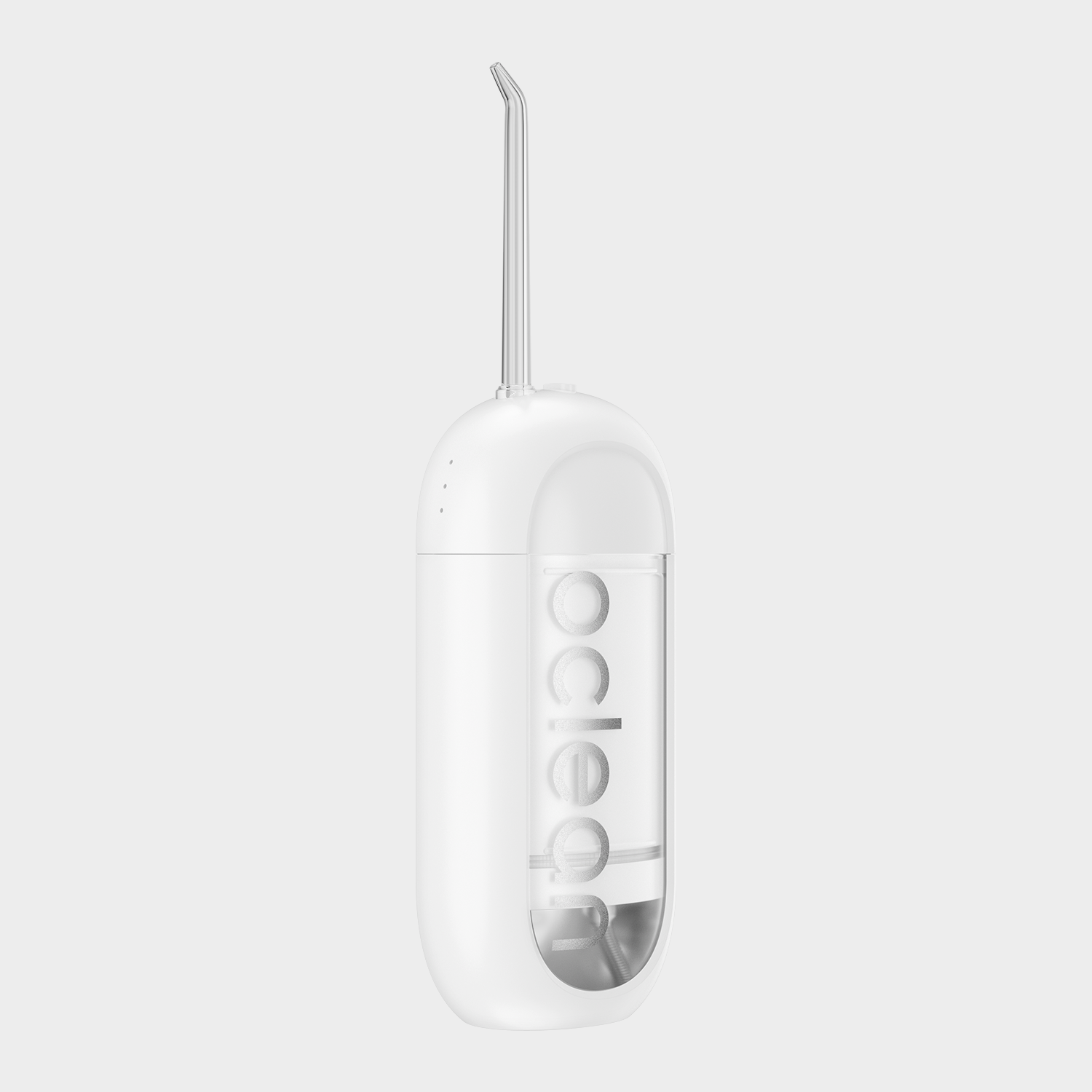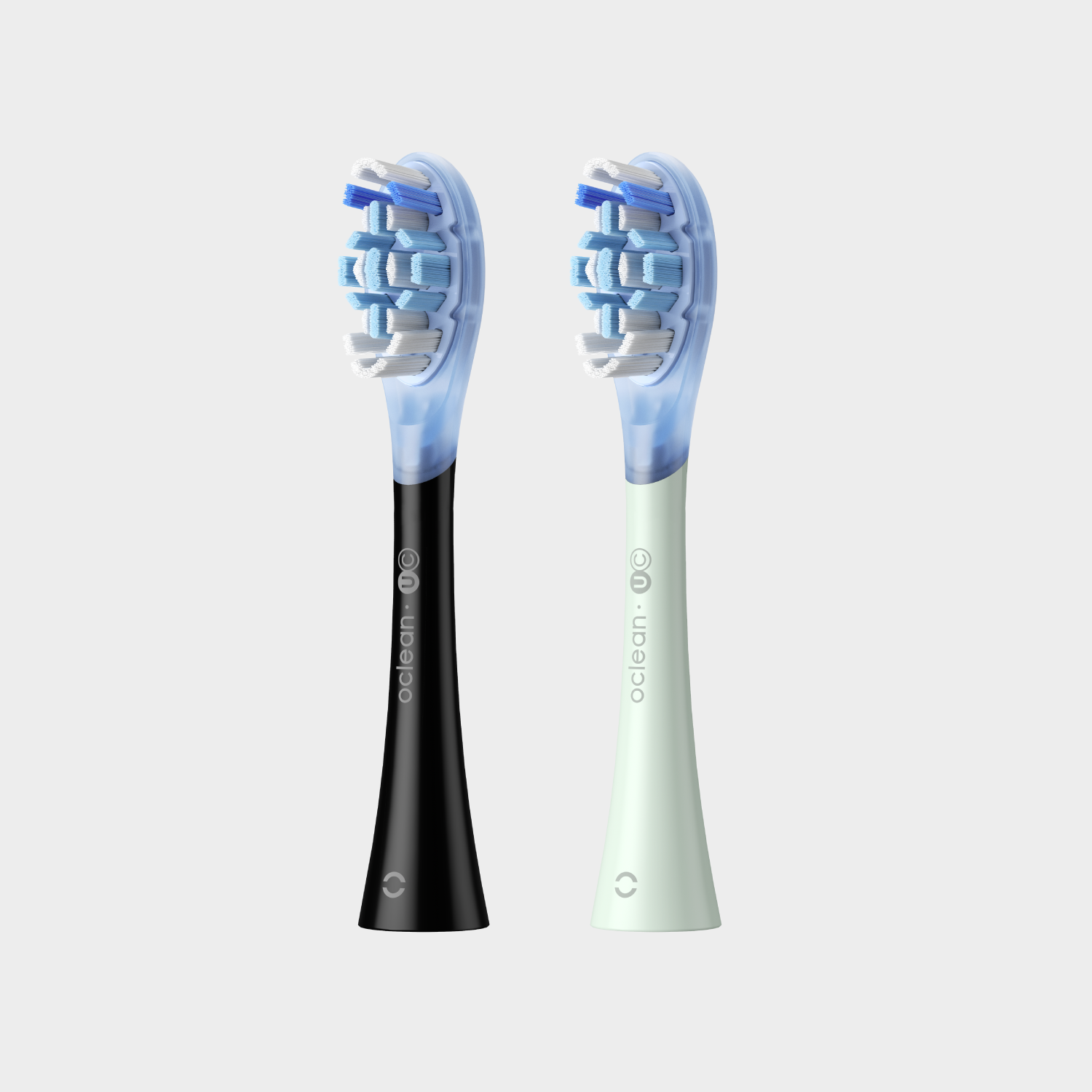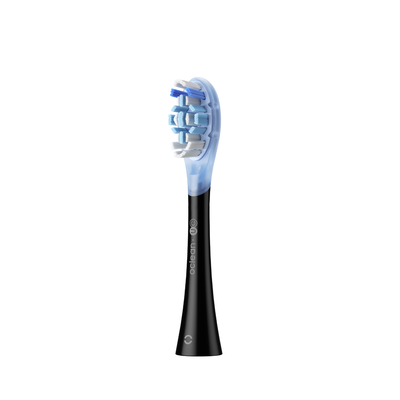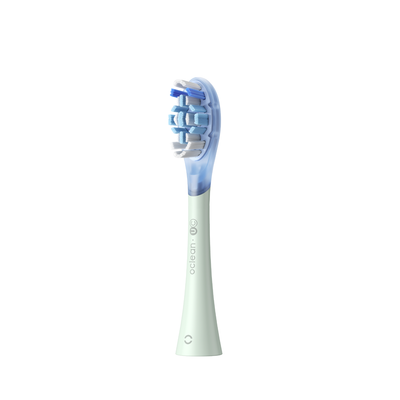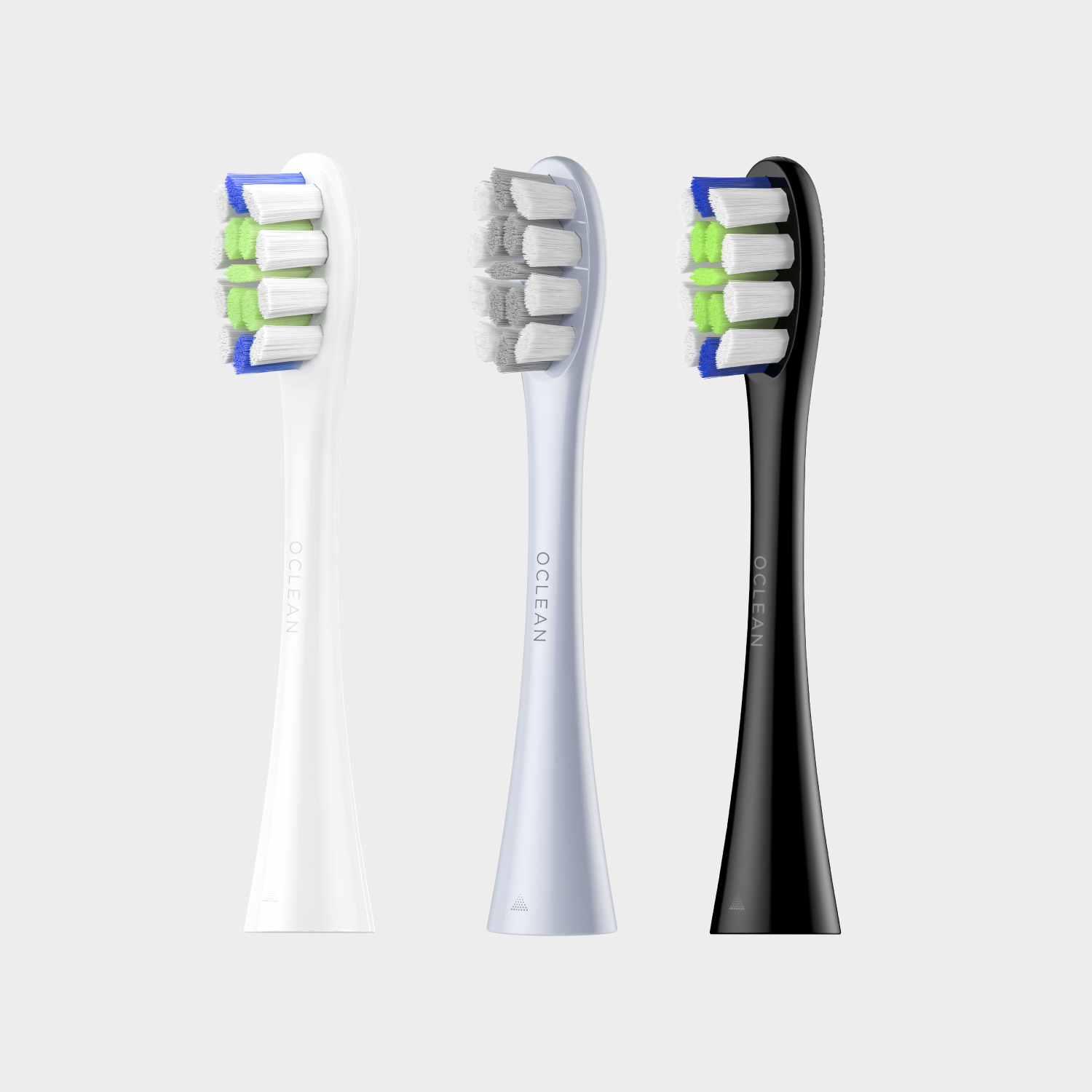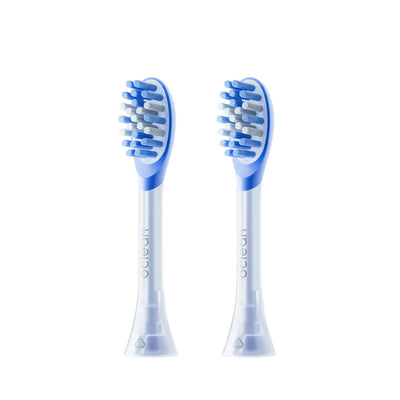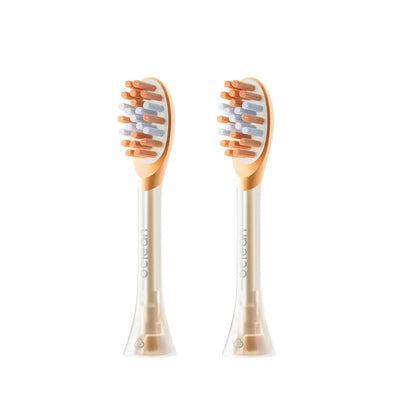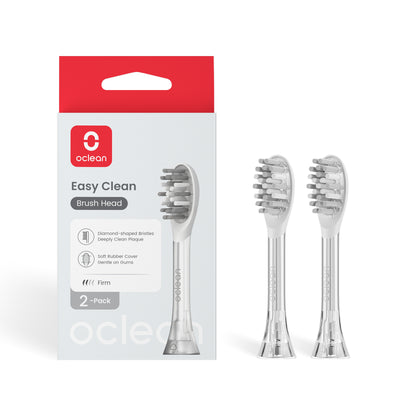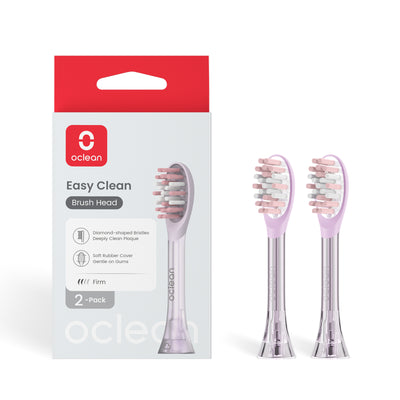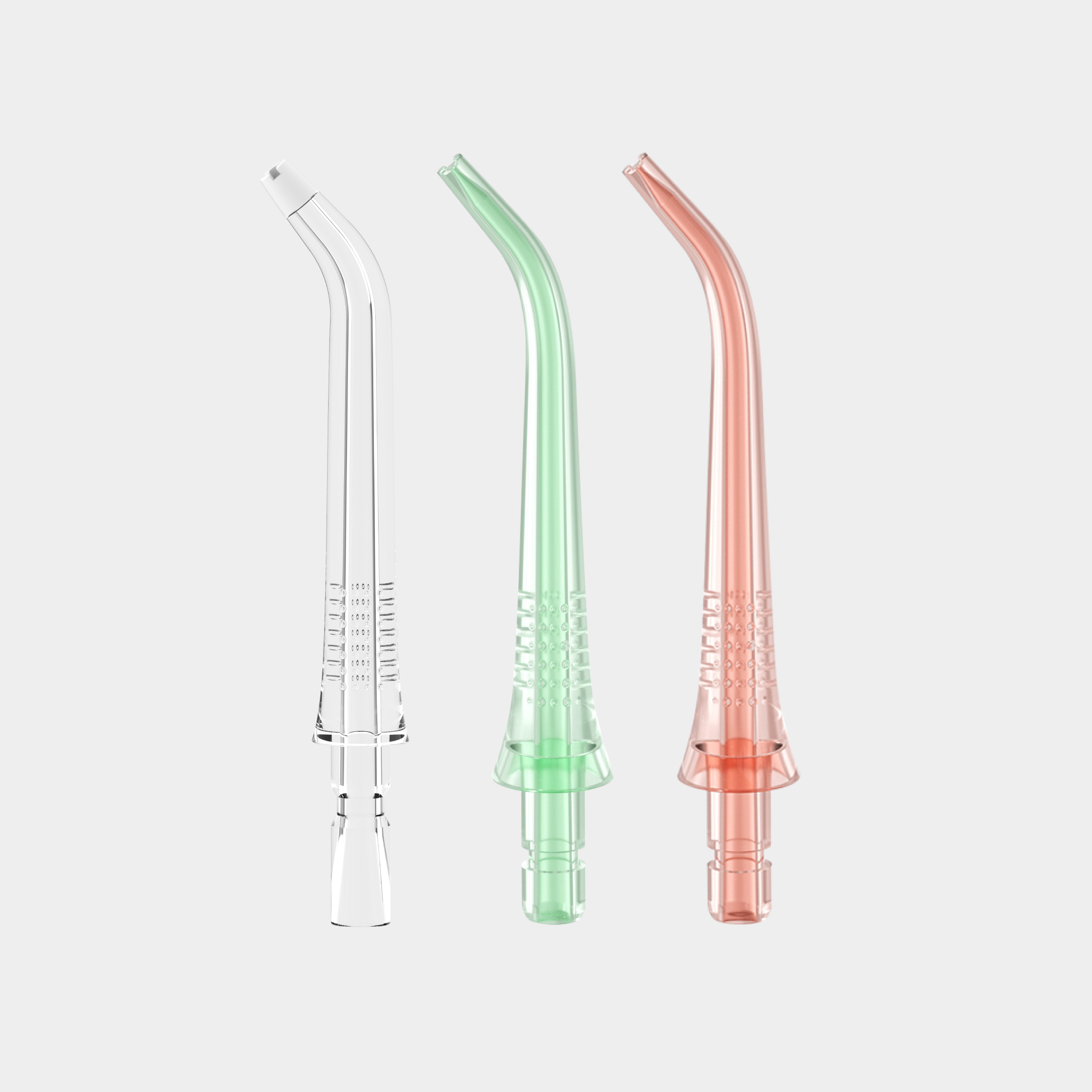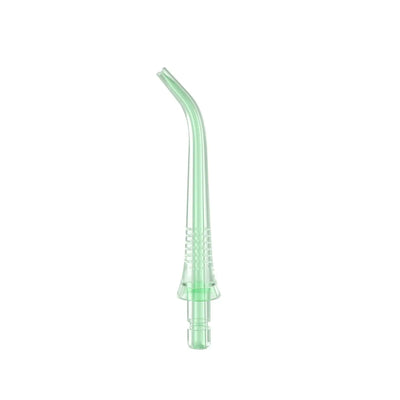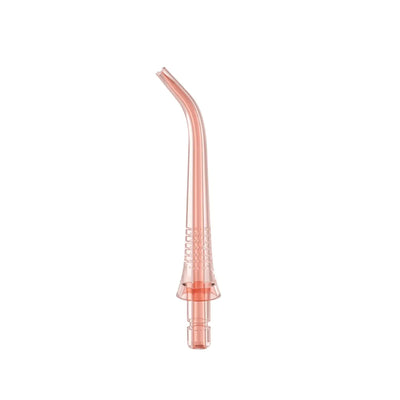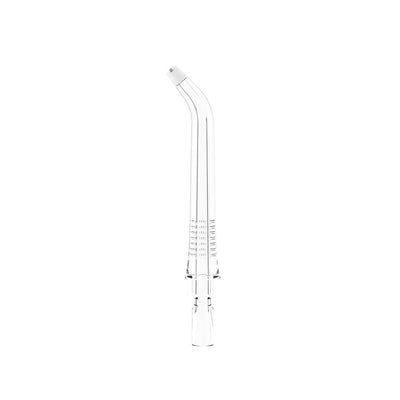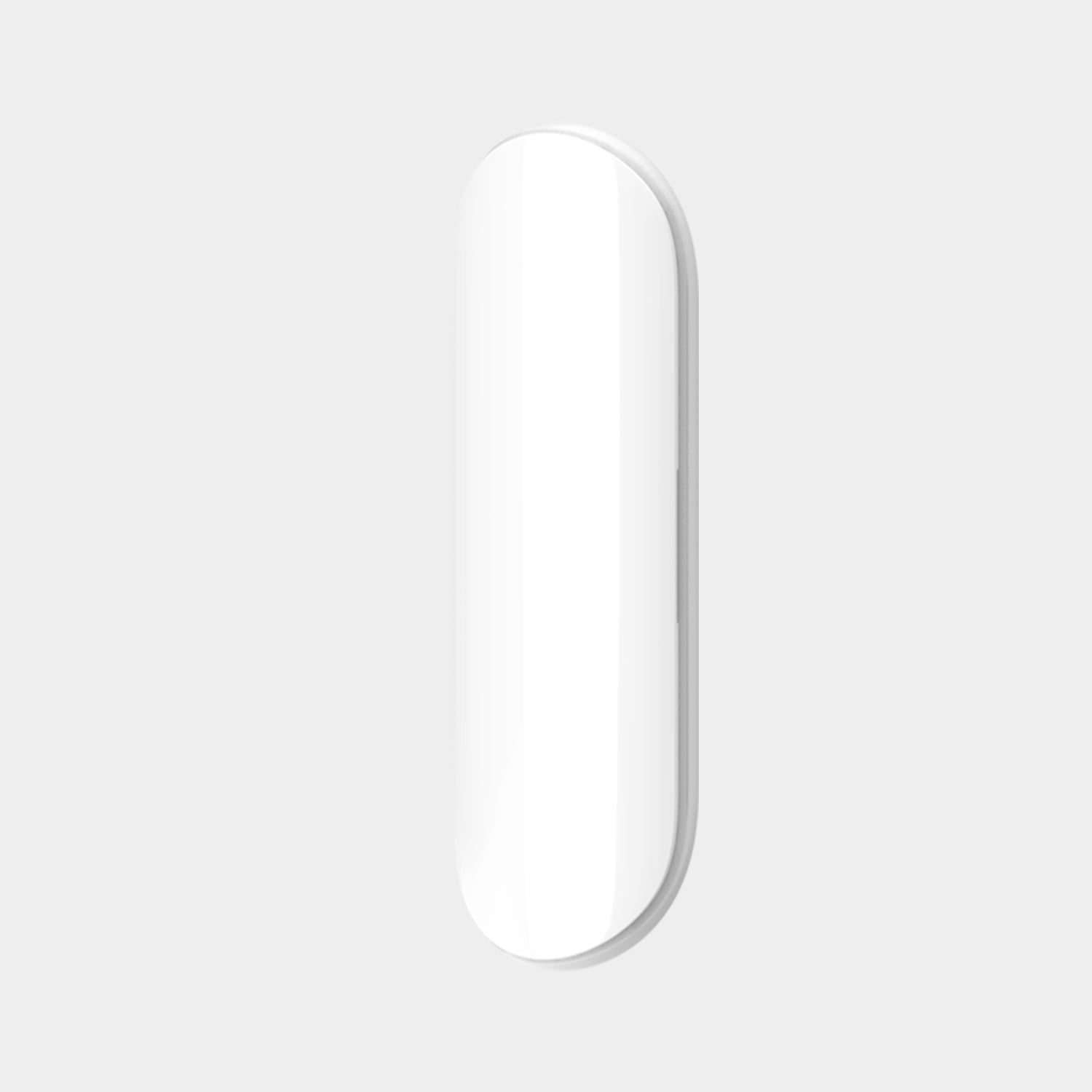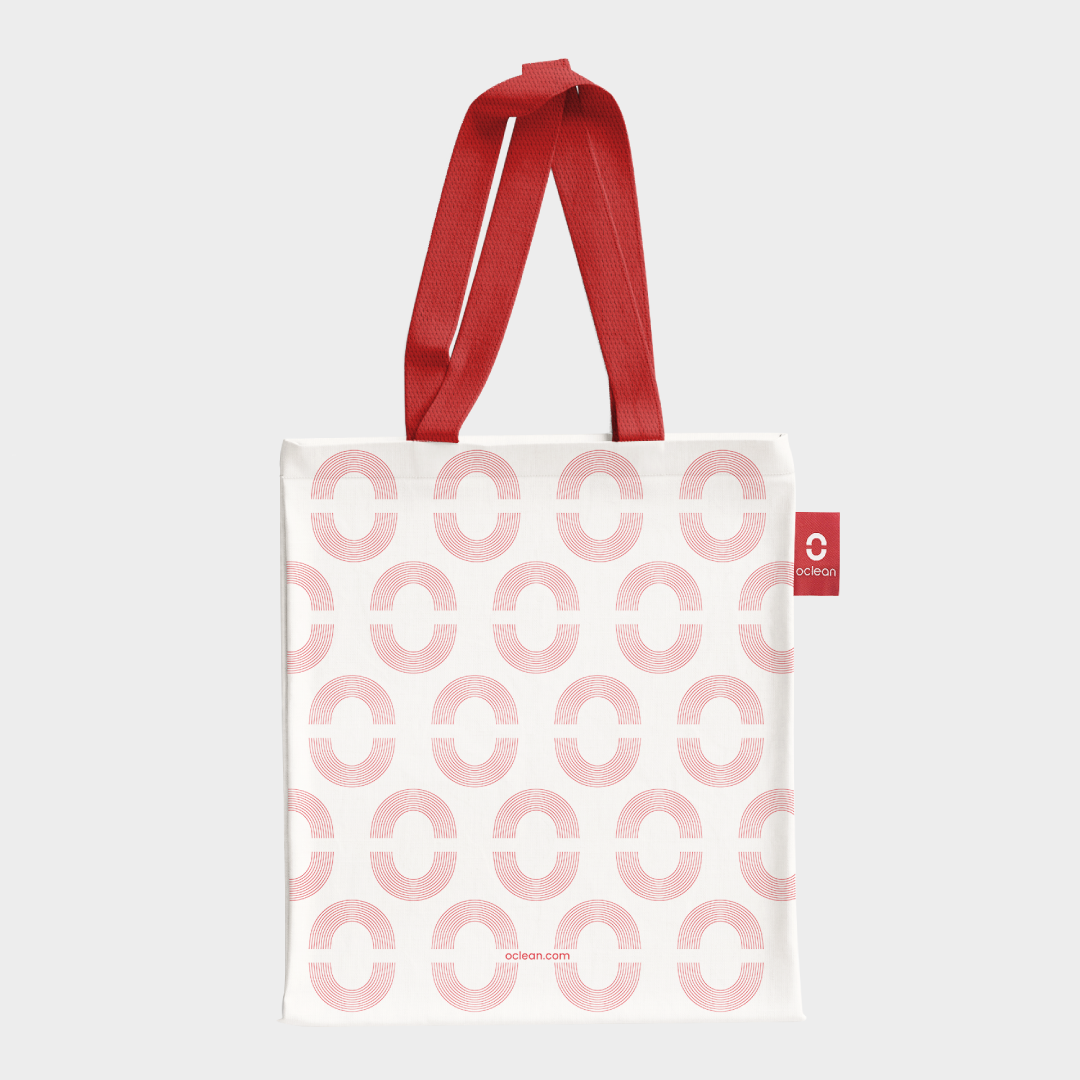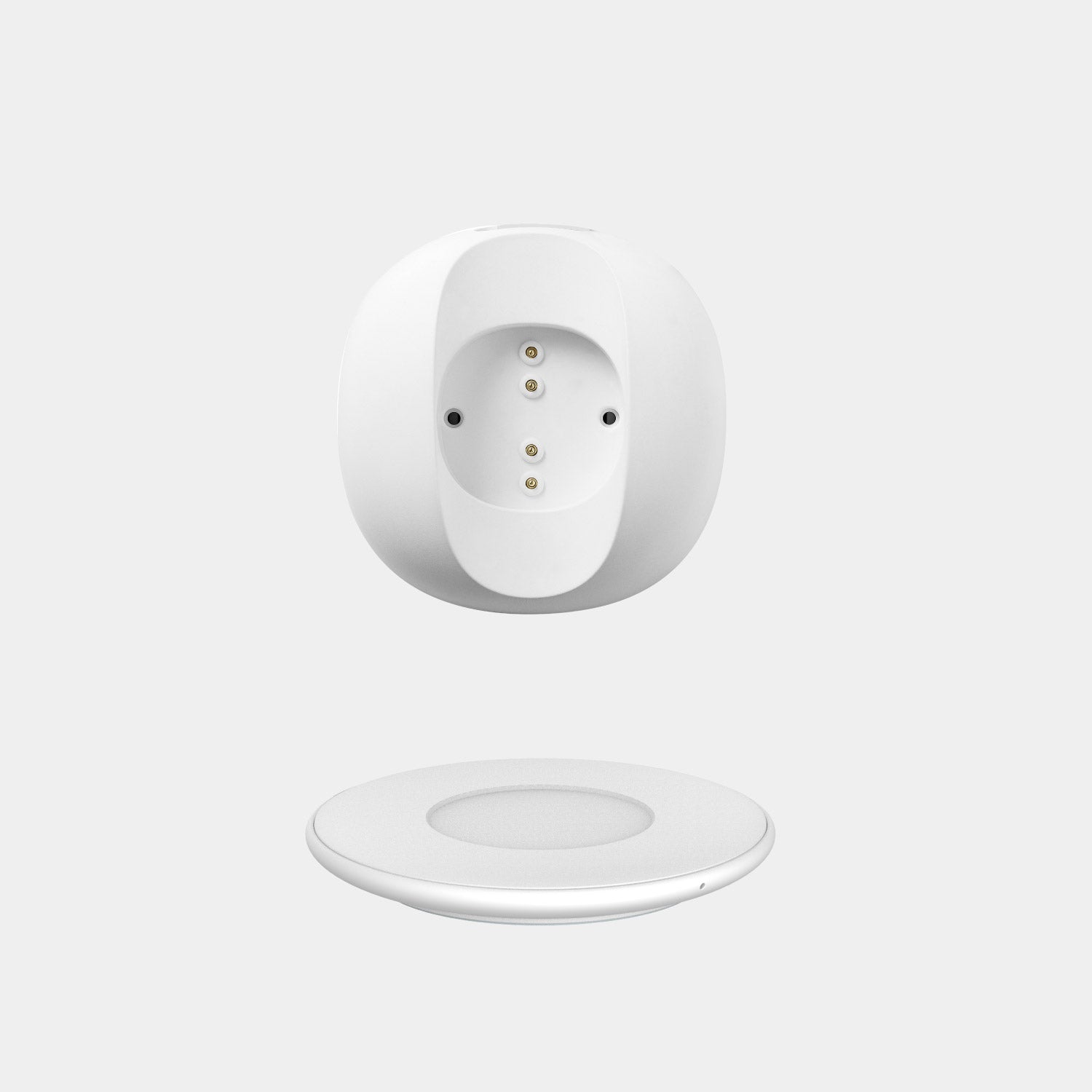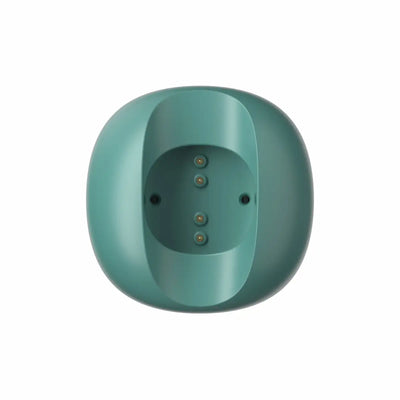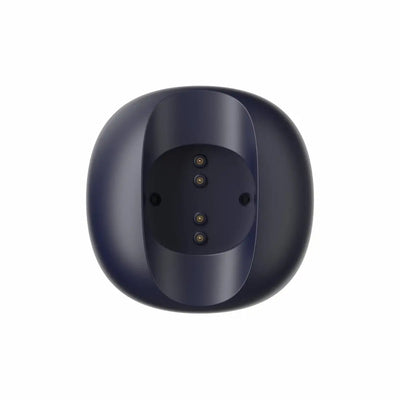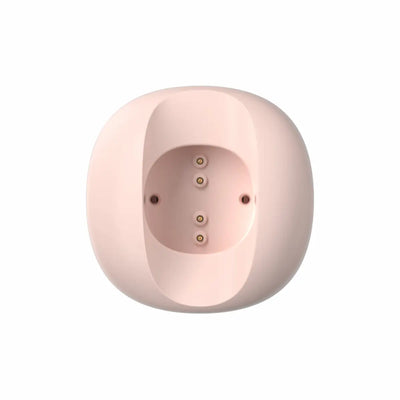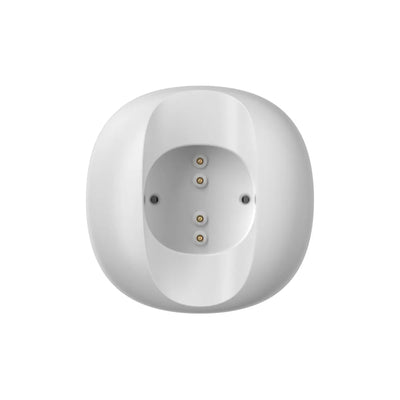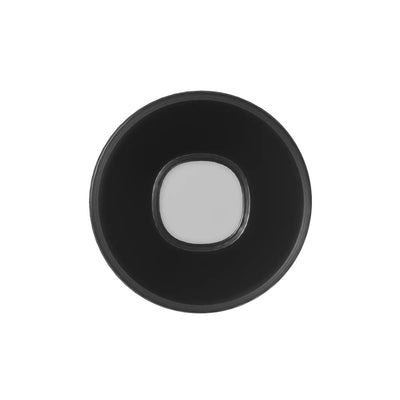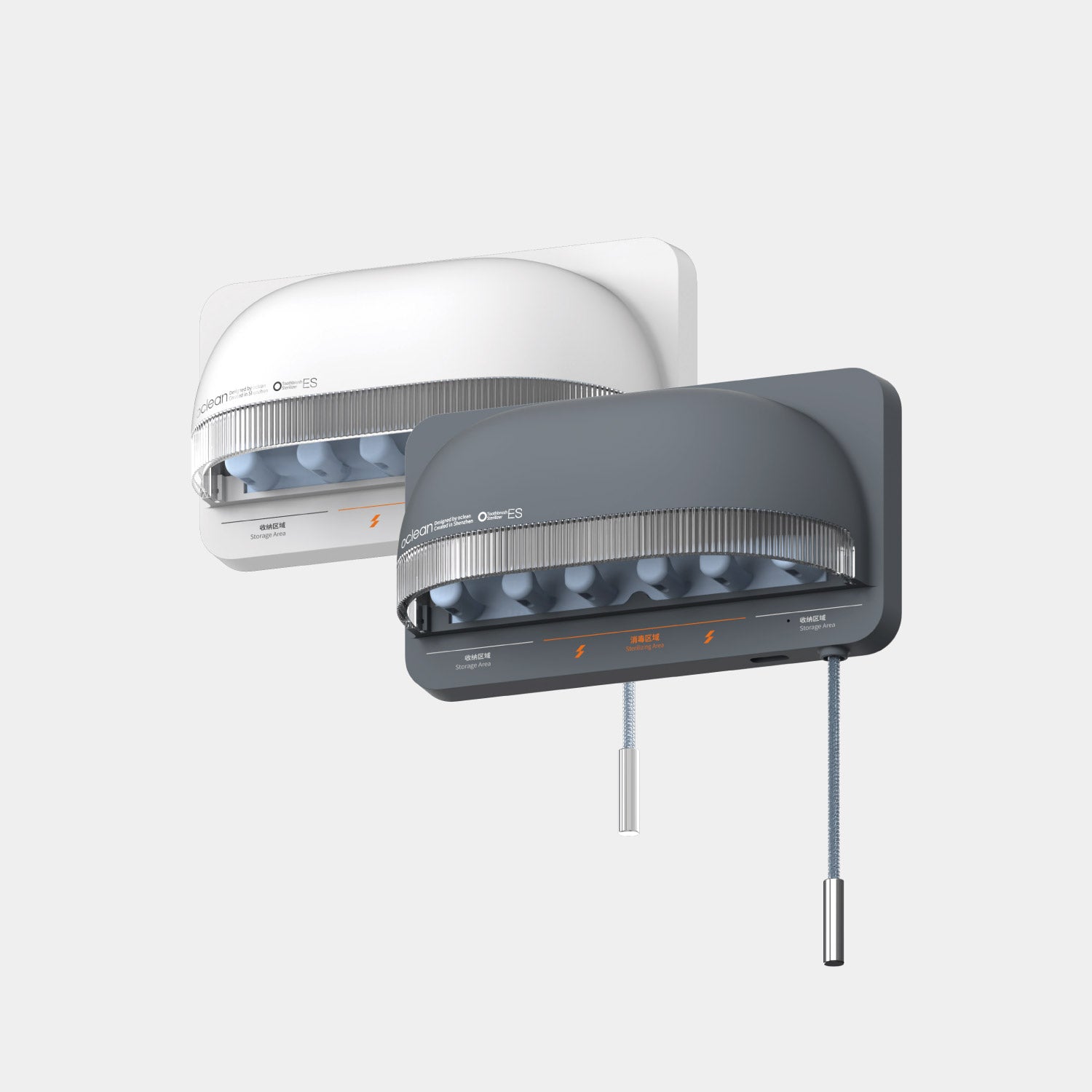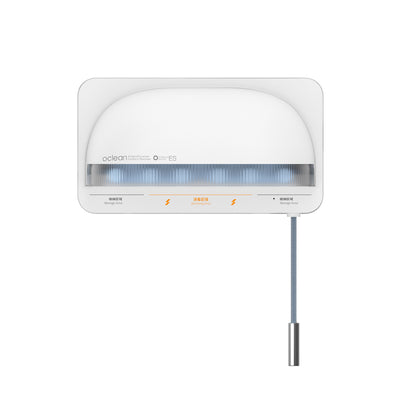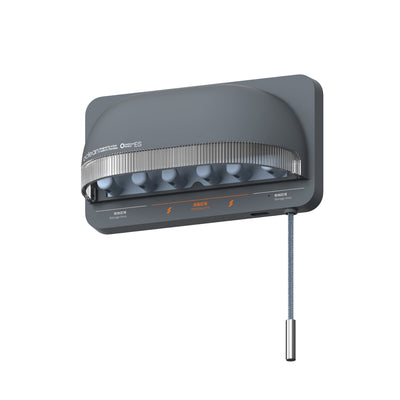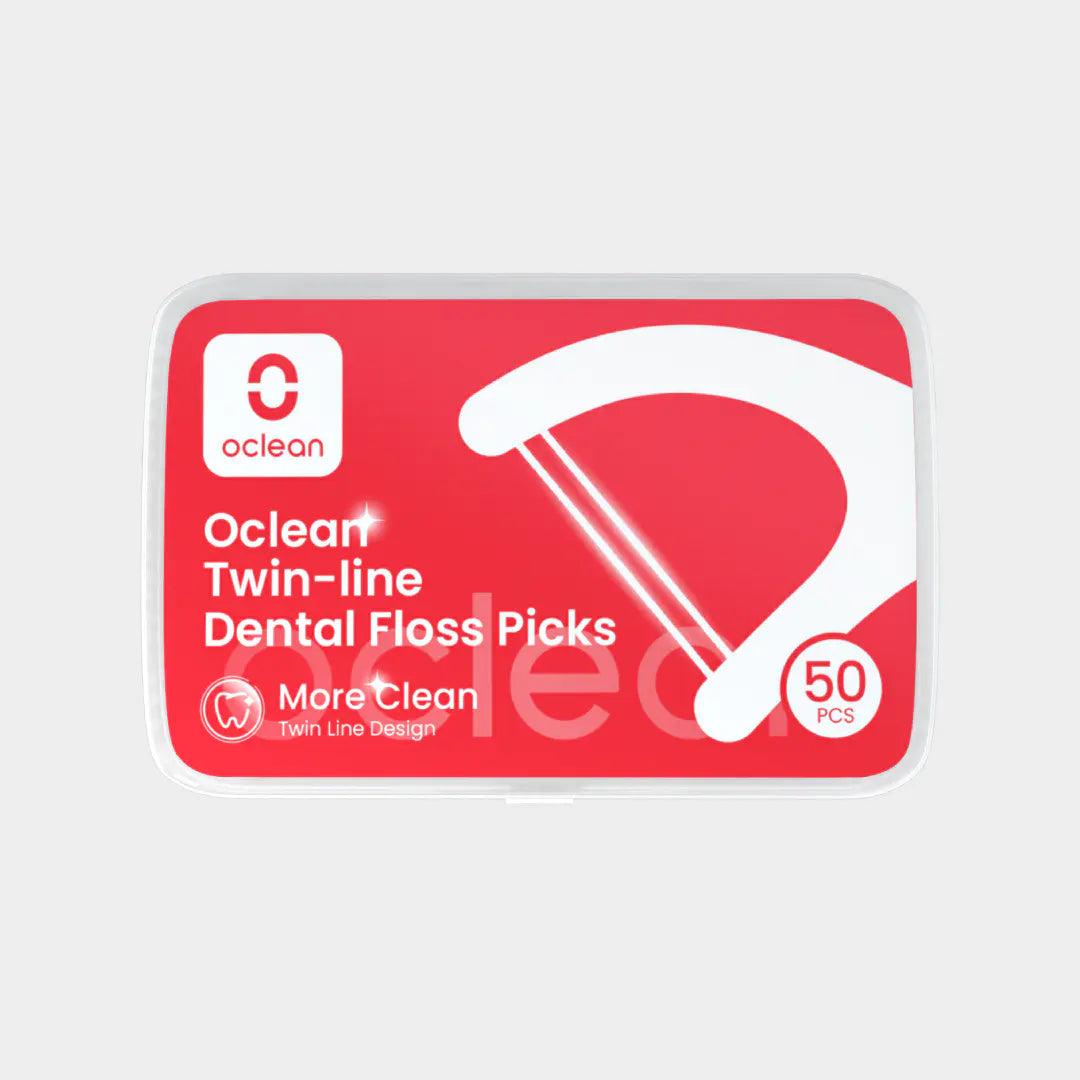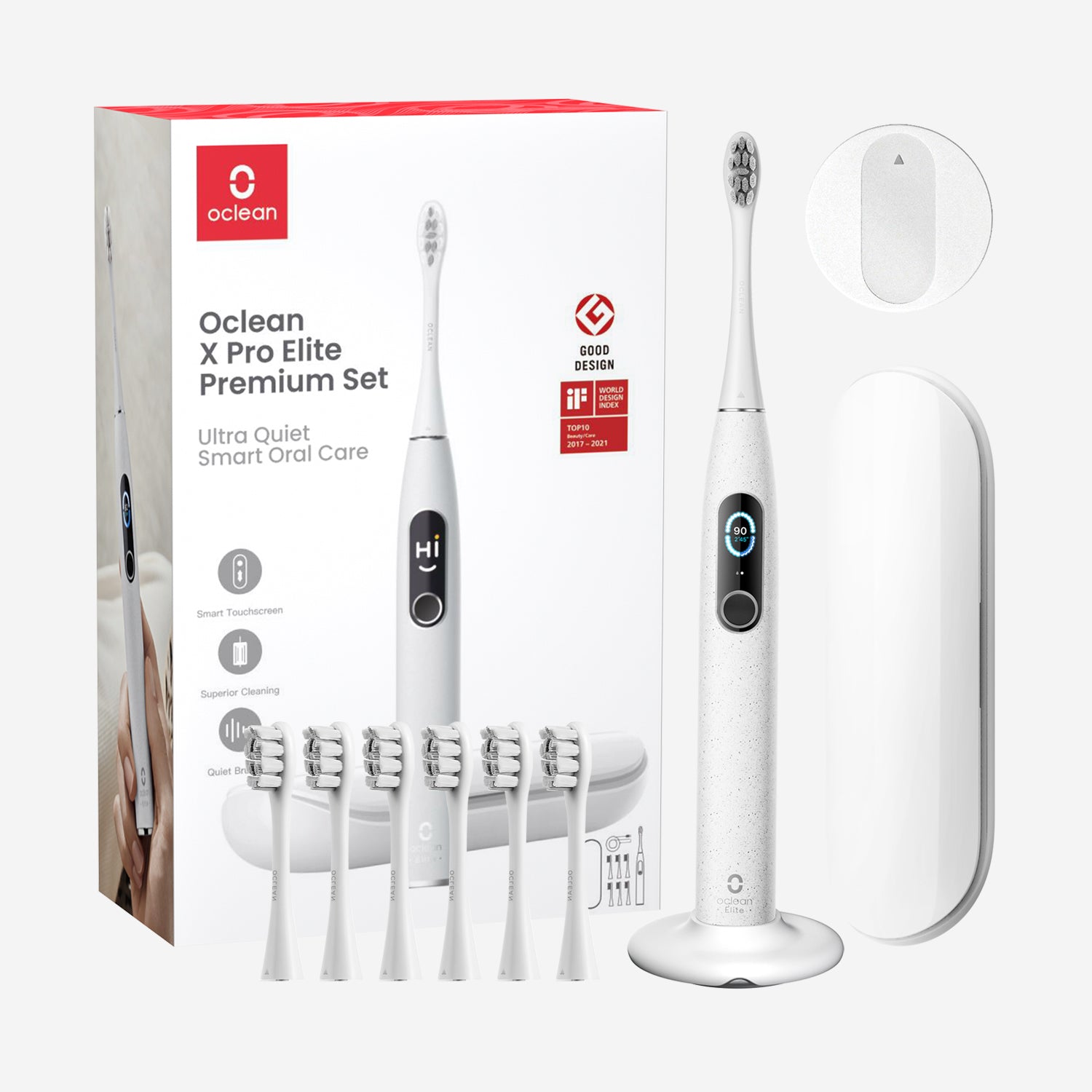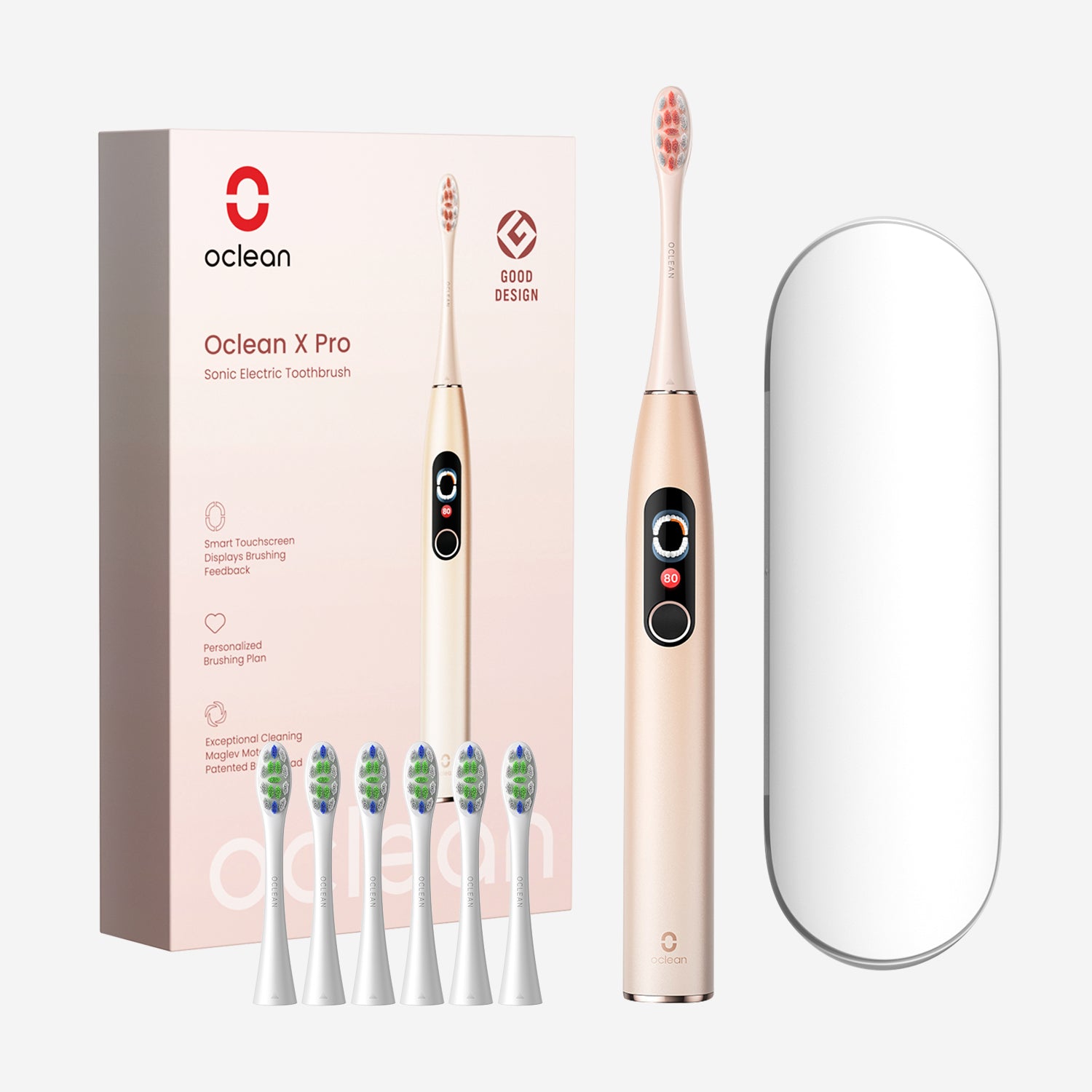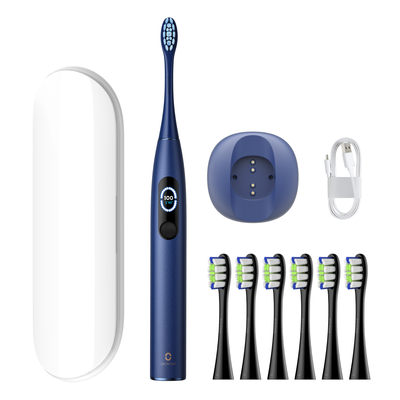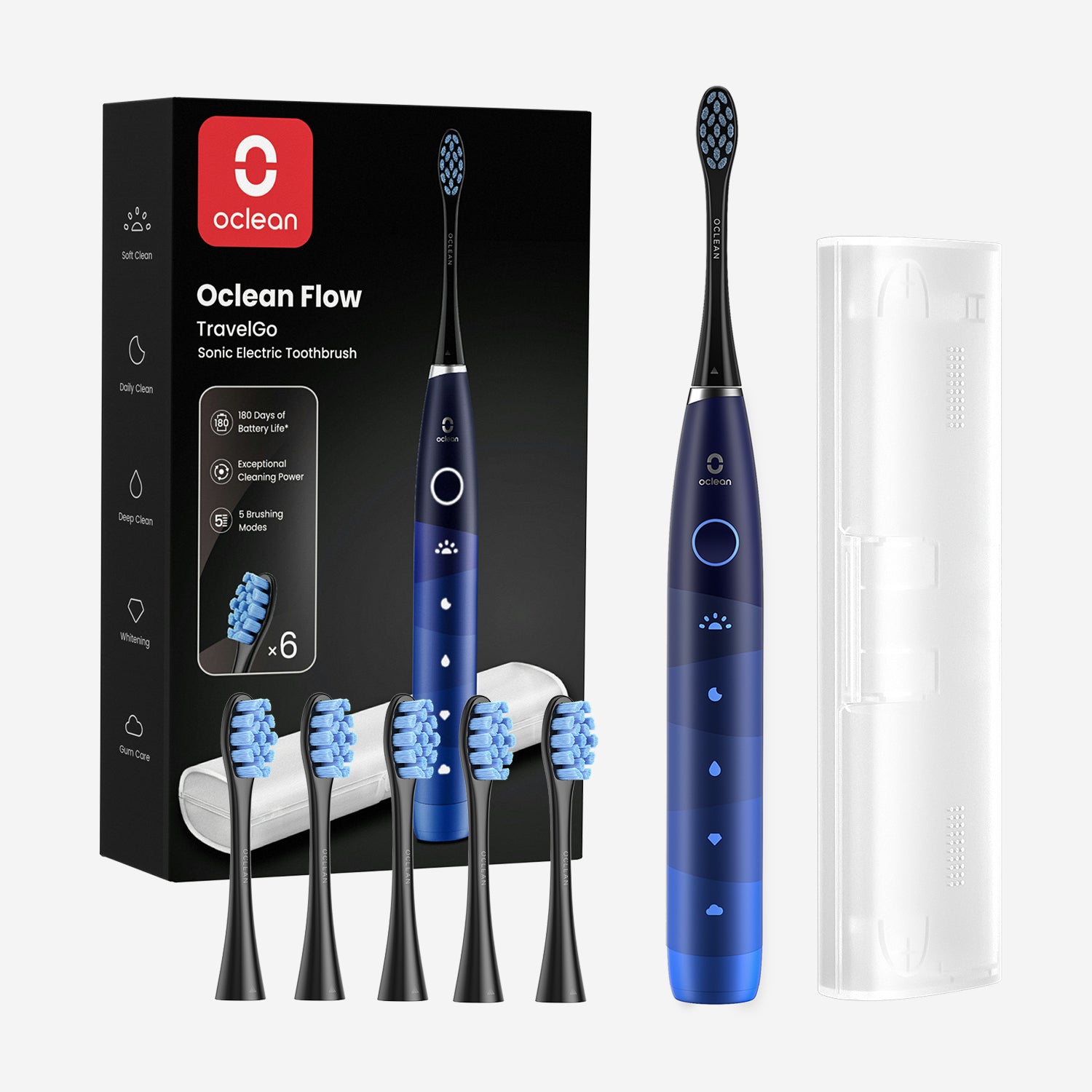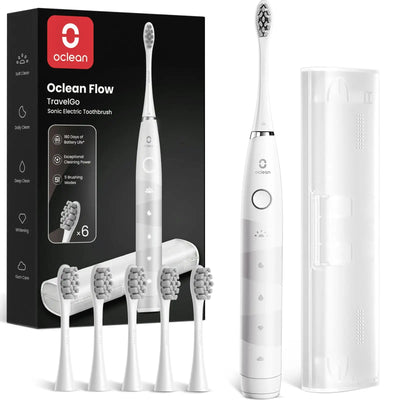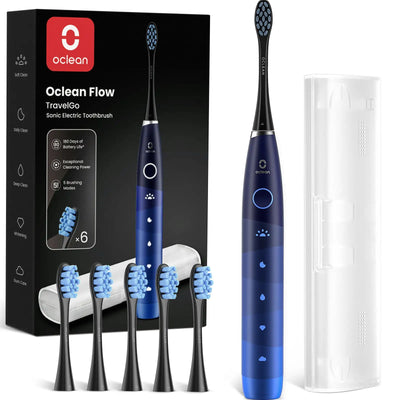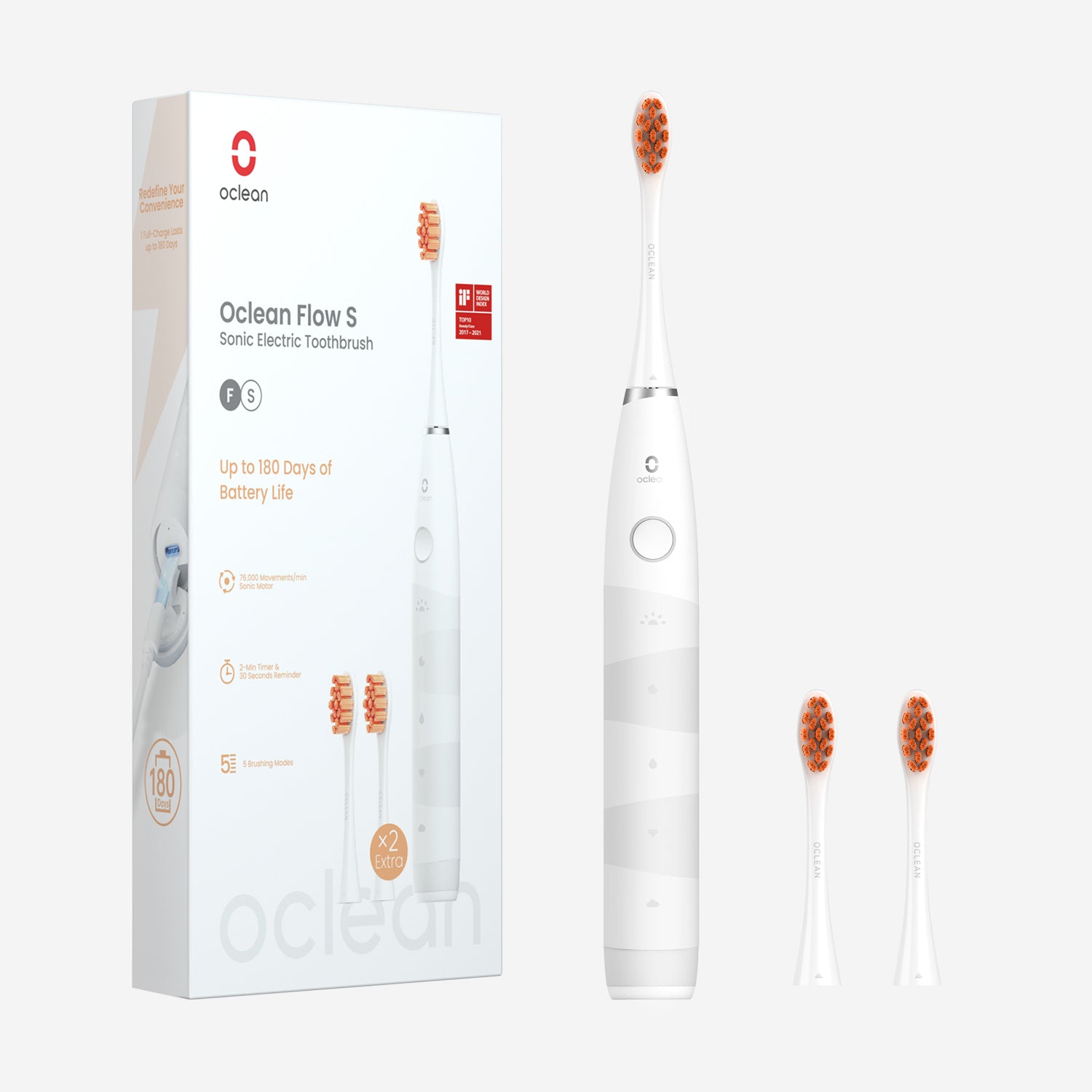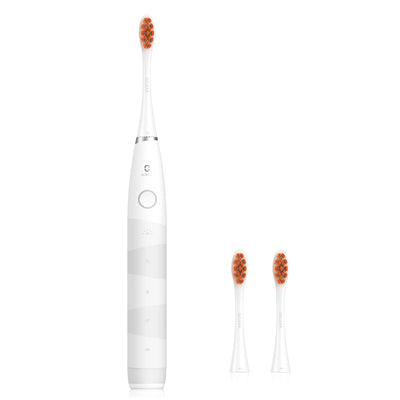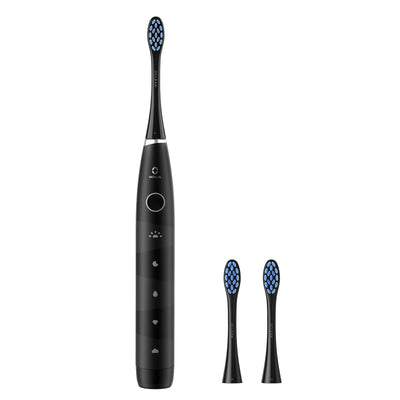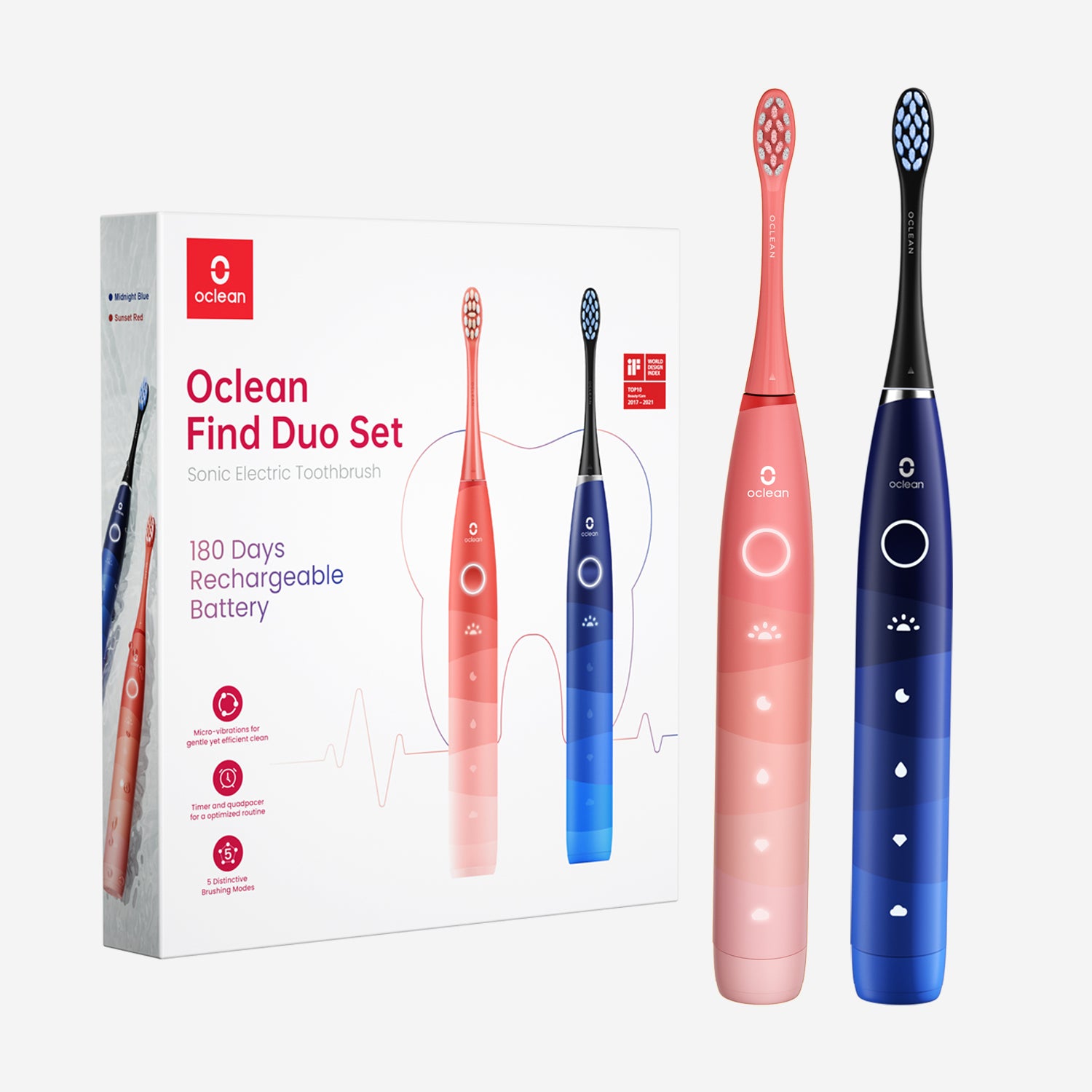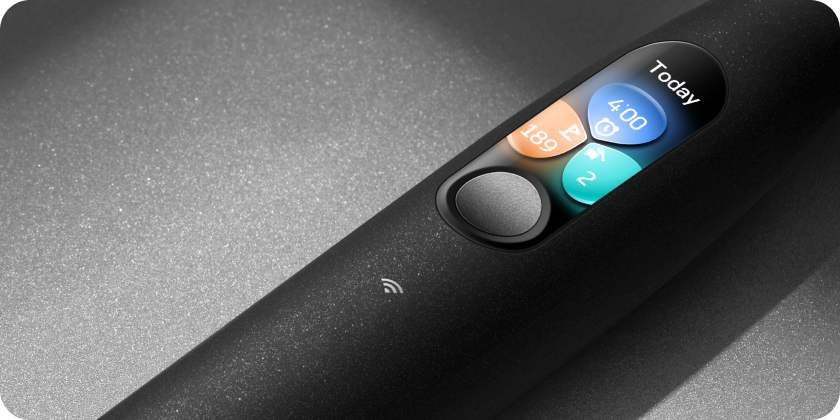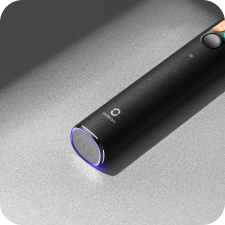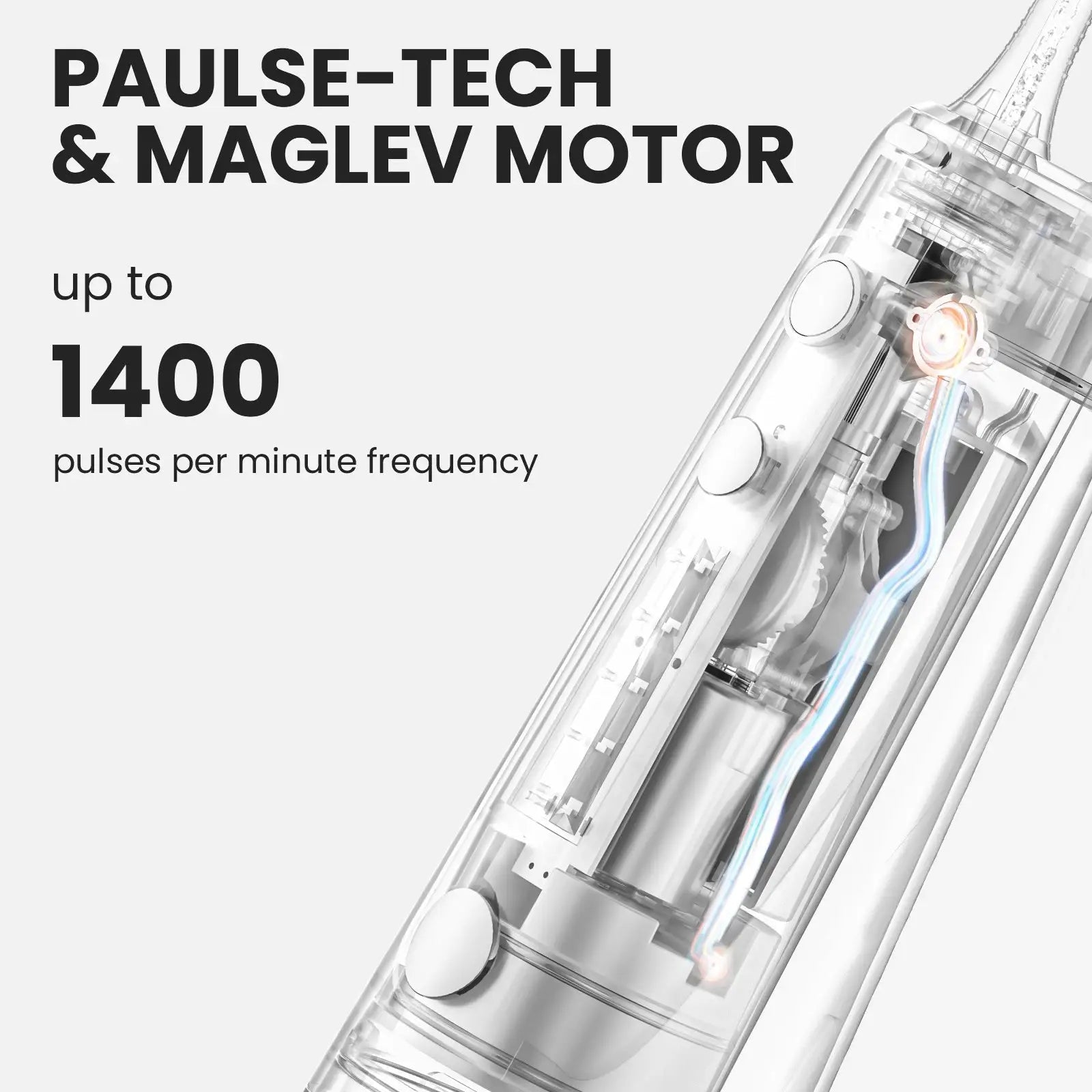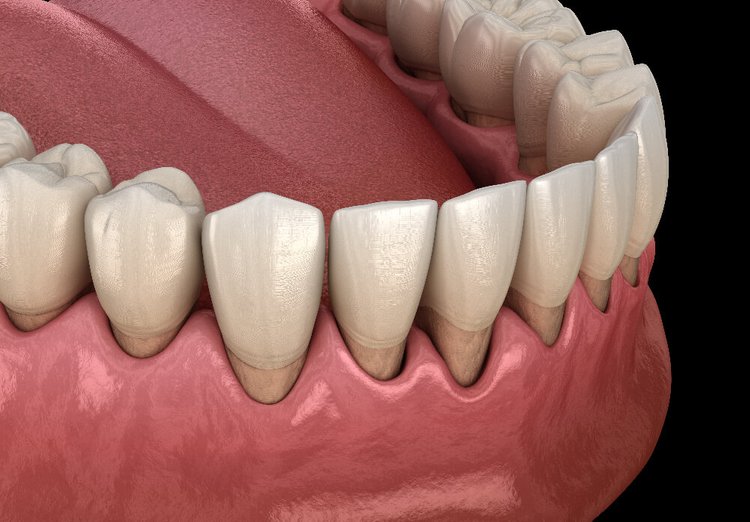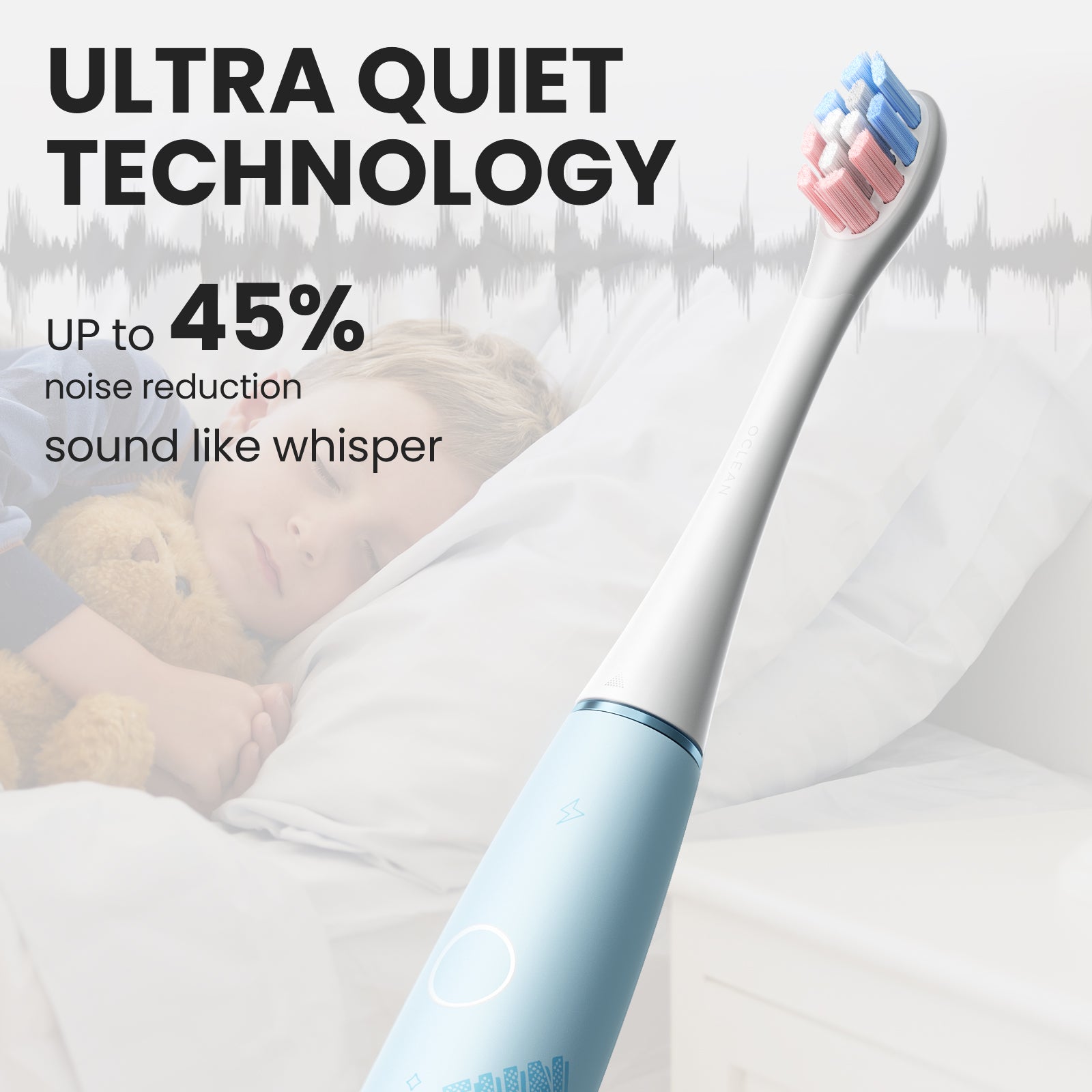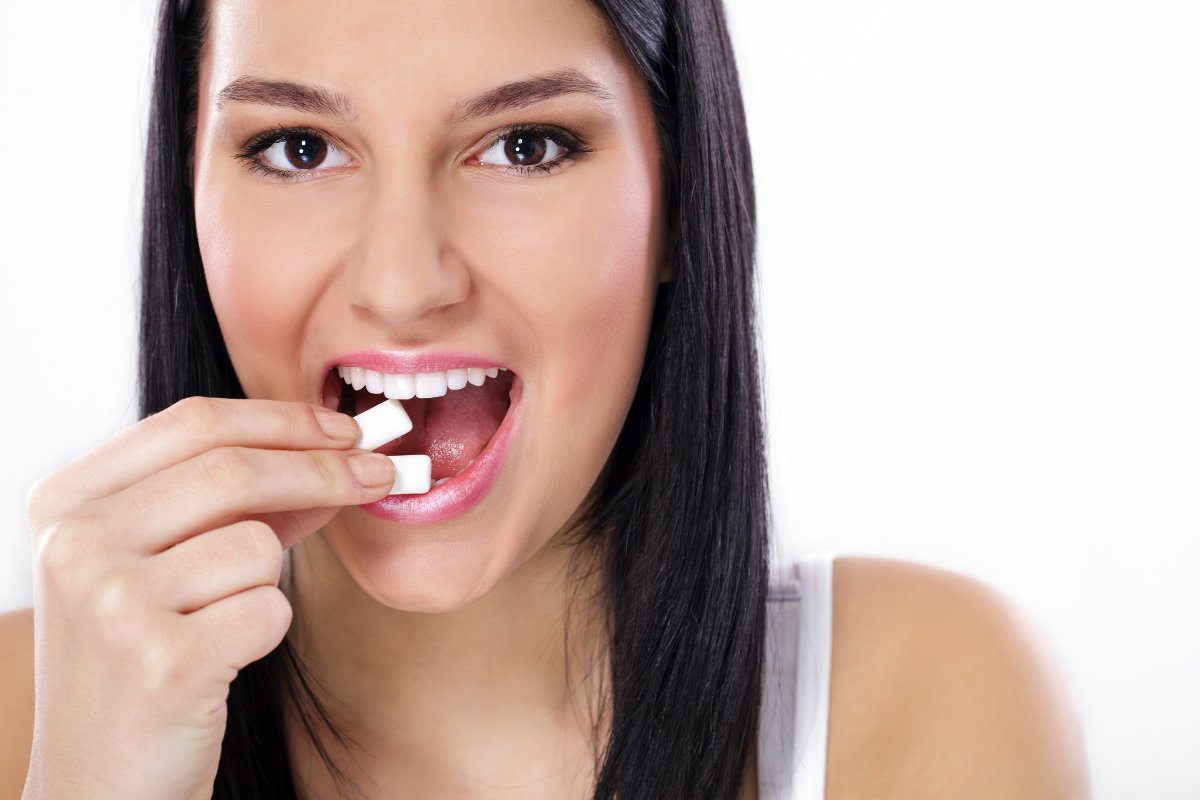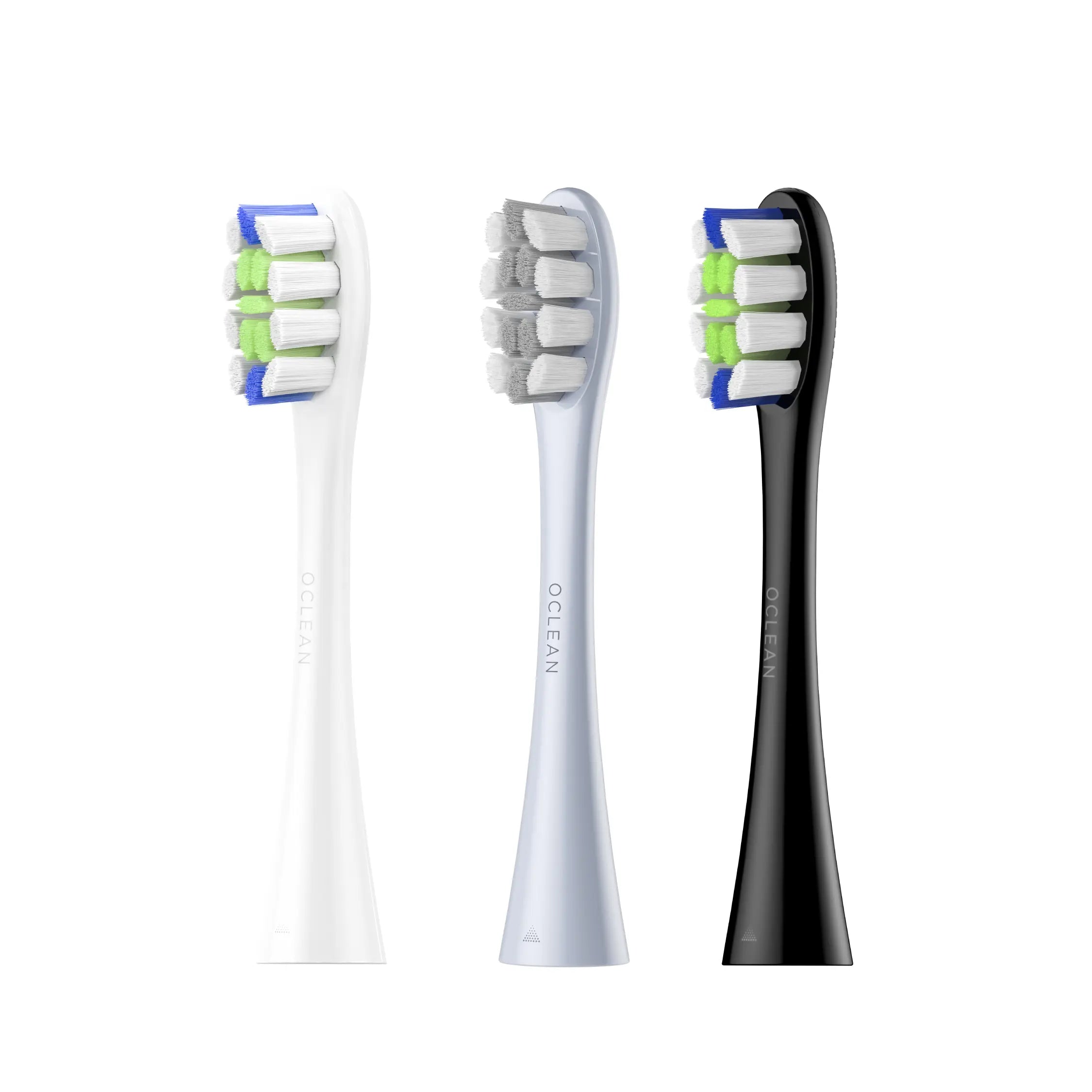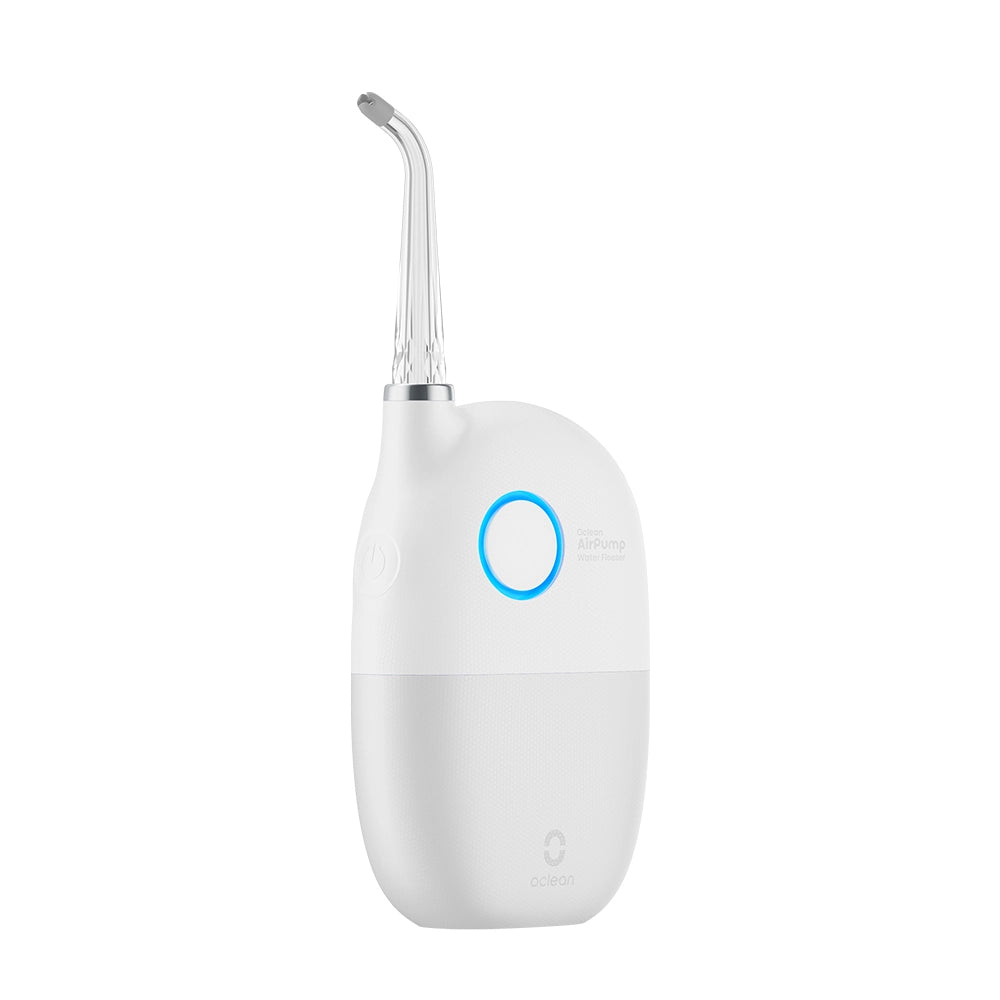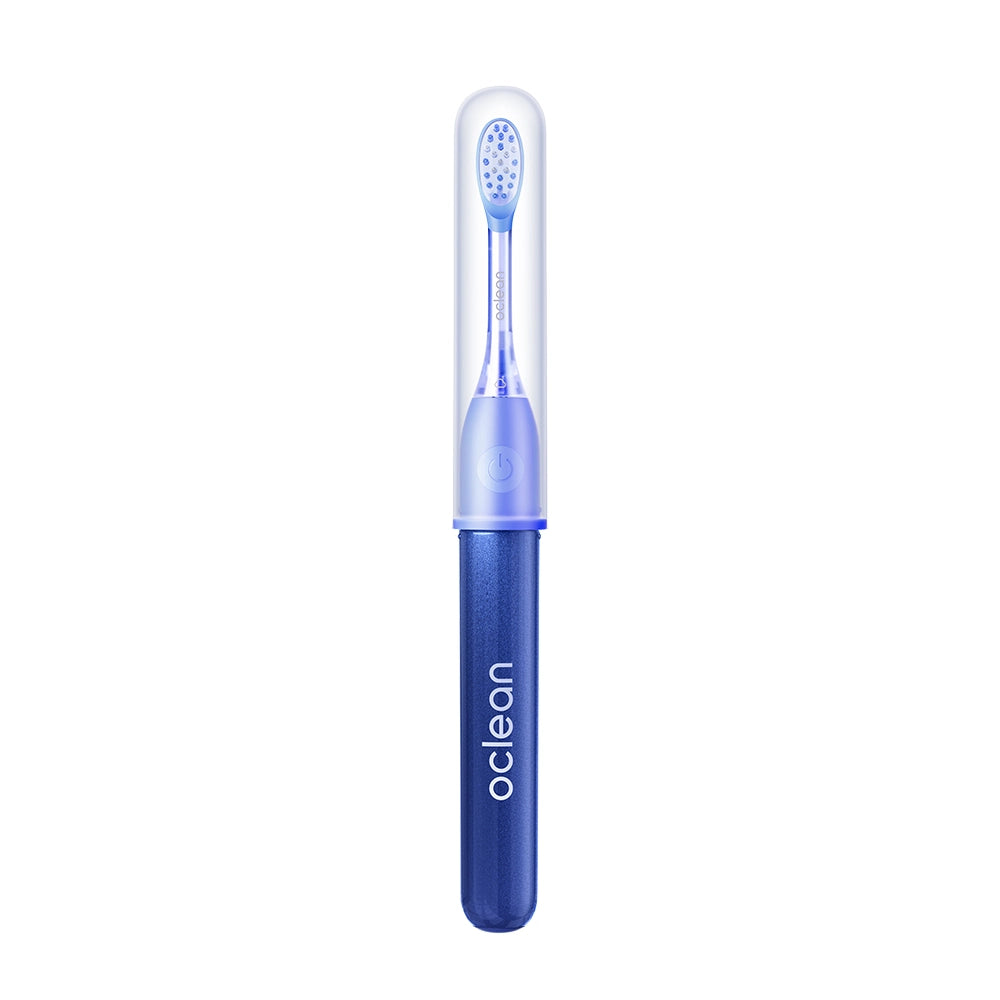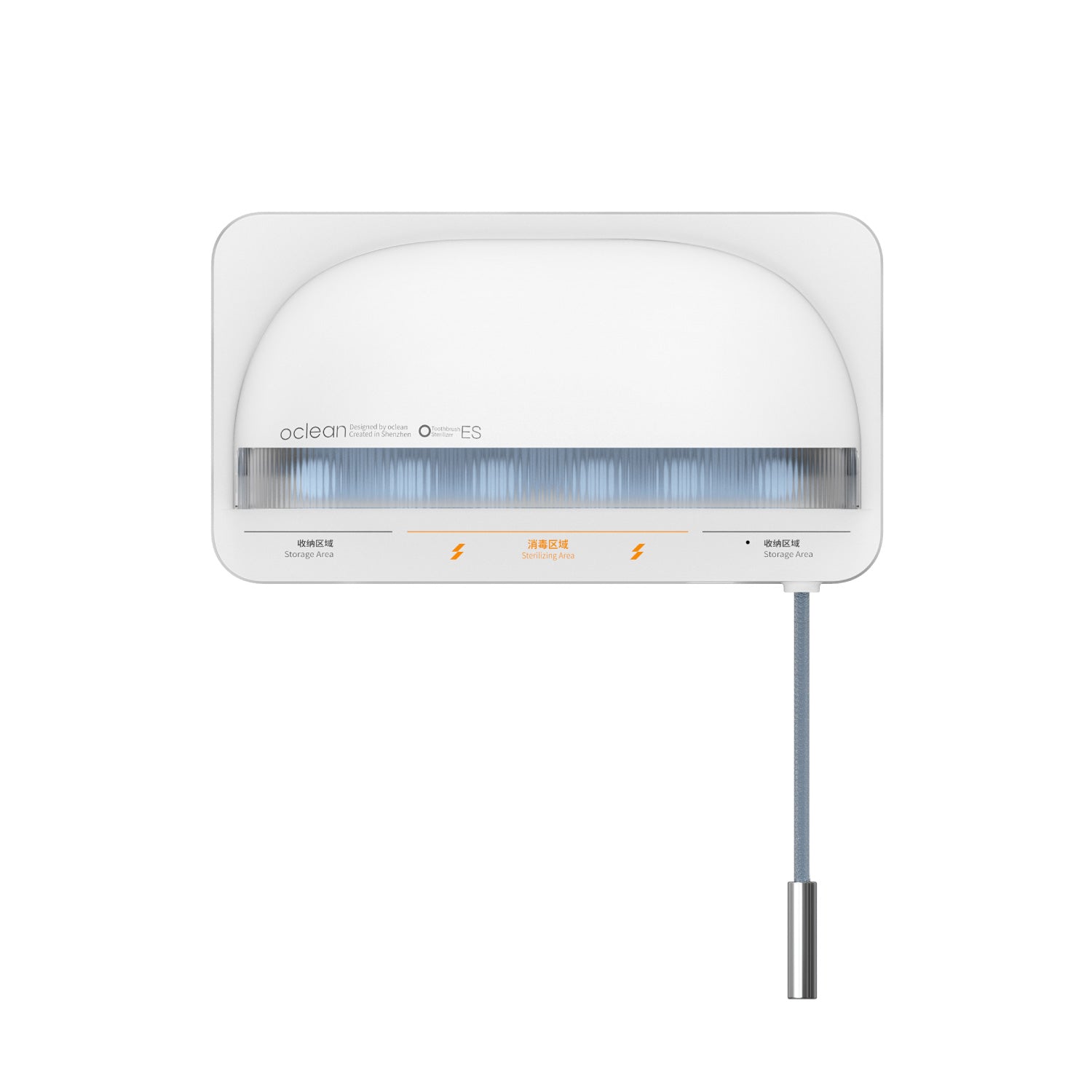Braces come with a lot of rules about what you can and can’t eat. Sticky candies? Off the list. Hard foods? Risky. But what about chocolate, the tasty pleasure that is difficult to give up?

If you're asking yourself, "Can I eat chocolate with braces?", then the short reply is: You can, but with specific conditions. Here's the breakdown.
Can You Eat Chocolate with Braces?
Yes, you may eat chocolate when you have braces, provided it is soft and doesn't include any ingredients that might harm your orthodontic appliances. Actually, chocolate is among the safer sweet foods in comparison with such things as chewing gum, hard candies, or toffees. [1]
But before you unwrap the next bar, here is what you should remember:
Types of Chocolate That Are Safe with Braces
Not all chocolates should be avoided. Some can be absolutely okay, provided you consume them in moderation and maintain good oral hygiene in the aftermath.
Here are chocolates that are braces-friendly:
1. Soft Plain Milk Chocolate
Smooth chocolate bars that do not contain nuts, caramel, or crunchy elements should be okay. Milk chocolate products such as Dairy Milk or Galaxy (without any fillings) should be soft enough not to be an issue.
2. Dark Chocolate
Dark chocolate tends to be less sweet and may be softer than it appears. Opt for plain varieties with no mix-ins or hard inclusions. It is an added benefit that dark chocolate has less sugar and antioxidants than milk chocolate. [2]
3. Room Temperature Chocolate or Melted Chocolate
Soft, slightly melted chocolate – such as in hot chocolate, chocolate drizzled on fruit, or simply softened in warm fingers – is still very manageable with braces. It is kinder on your brackets and won't stick as much.
Types of Chocolate Avoided with Braces
While plain chocolate is fine, some chocolate desserts are hazardous. Here is the list of things you should avoid:
1. Chocolate with Nuts
Almond, hazelnut, and peanut chocolate bars are out. Biting down on solid nuts can break wires or remove brackets.
2. Chocolate with Caramel or Toffee
Anything sticky, such as Caramello, Rolo, or Cadbury Eclairs, can tug on your braces, become stuck behind wires, and make it difficult to clean your teeth. Such chocolates can also leave your teeth coated in sugar for longer, elevating the chances of cavities.
3. Crunchy or Crispy Chocolate
Steer clear of chocolates covered in crispy rice, biscuit fragments, or shell candies (such as Crunch, Kinder Bueno, or M&Ms with shells). Crunching on such things may break brackets or harm the wire.
4. Frozen or Hard Chocolate
Even plain chocolate can be hazardous if it is too hard. Biting into hard, chilled chocolate straight from the refrigerator can exert enough force to crack a bracket or warp a wire.
Can Chocolate Affect the Color of Clear Braces?
Yes, if you wear clear ceramic braces or clear ligatures (the small rubber bands that go around brackets), there may be slight staining from some chocolates, particularly dark chocolate. Although chocolate is not as notorious for staining as red wine and curry, it too can lead to stains if eaten regularly and not properly cleaned up afterwards.
Tips for Eating Chocolate Safely with Braces
Here are some practical tips for keeping your smile safe while eating chocolate:
1. Stick with Soft, Plain Chocolate
Select smooth chocolate that has no mix-ins, and melt it in your mouth instead of biting too hard.
2. Cut the Chocolate into Small Pieces
Divide the larger bar into small pieces if you're dining off it, in order to minimize pressure on your brackets.
3. Drink Water After Eating
Water assists in flushing out sugar as well as chocolate residue that can cling to your braces.
4. Brush and Floss Soon After
Brush your teeth after eating chocolate. In the absence of brushing, rinse with water, if possible, or use fluoride mouthwash.
5. Use Orthodontic Cleaning Tools
Invest in a water flosser, interdental brushes, or an Oclean sonic toothbrush specifically for braces in order to reach all those narrow areas.
The Bottom Line
So, can you really eat chocolate with braces? Yes, absolutely, if you know how to approach it smartly. Use soft, plain chocolate, and skip the sticky, nutty, and crunchy kinds. Rinse and brush thoroughly after you eat, and don't indulge too much.
Braces work hard for you – protect the investment by selecting chocolate carefully.
Reference
Aljohani, Salha R, and Doaa H Alsaggaf. “Adherence to Dietary Advice and Oral Hygiene Practices among Orthodontic Patients.” Patient Preference and Adherence, vol. Volume 14, Oct. 2020, pp. 1991–2000, https://doi.org/10.2147/ppa.s277034.
Medicine, Good Food. “Dark Chocolate Health Benefits? The Good and the Bad to This Sweet Treat.” Good-Food, 14 Feb. 2023, health.ucdavis.edu/blog/good-food/dark-chocolate-health-benefits-the-good-and-the-bad-to-this-sweet-treat/2023/02.
Table of Contents
